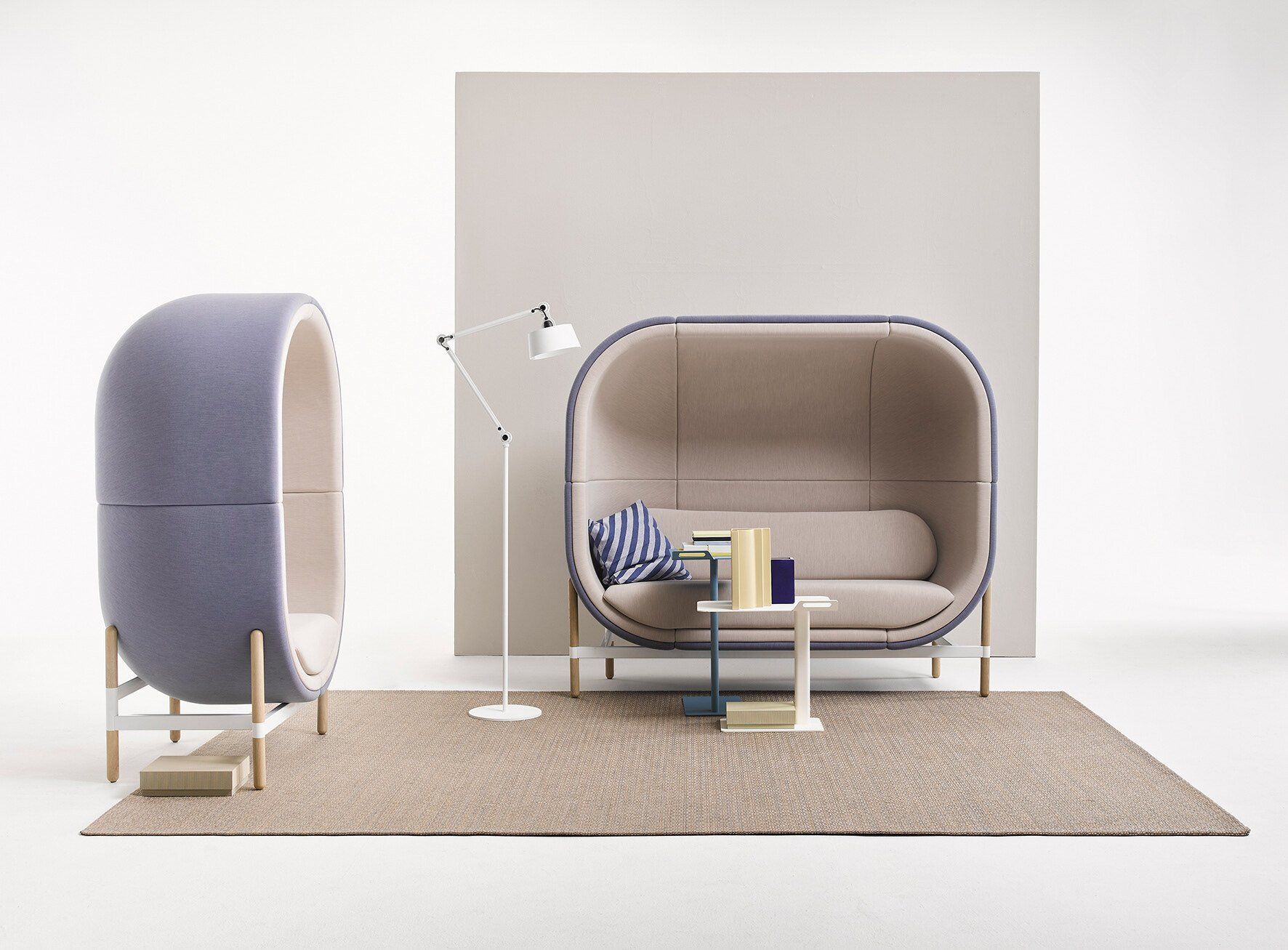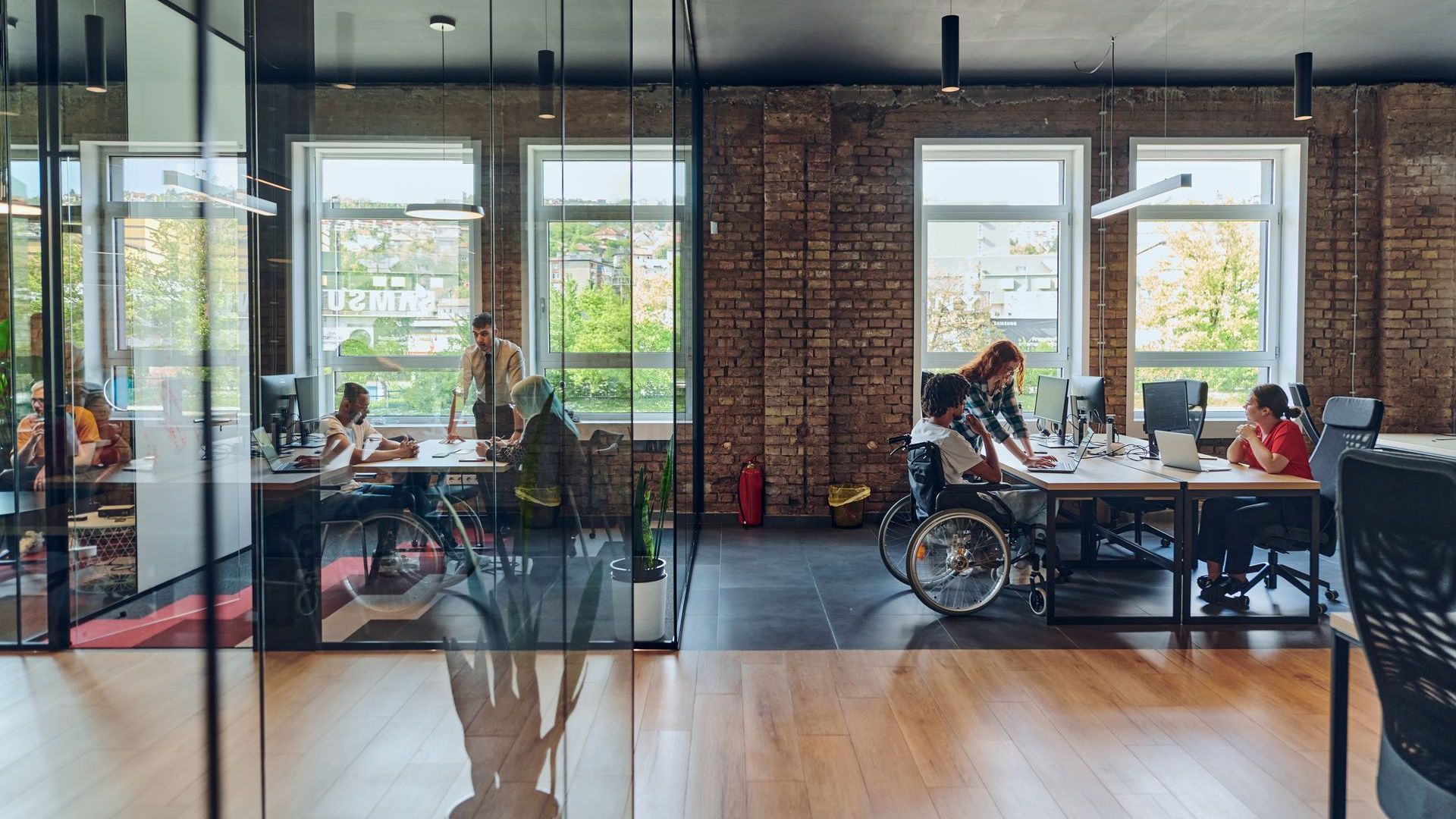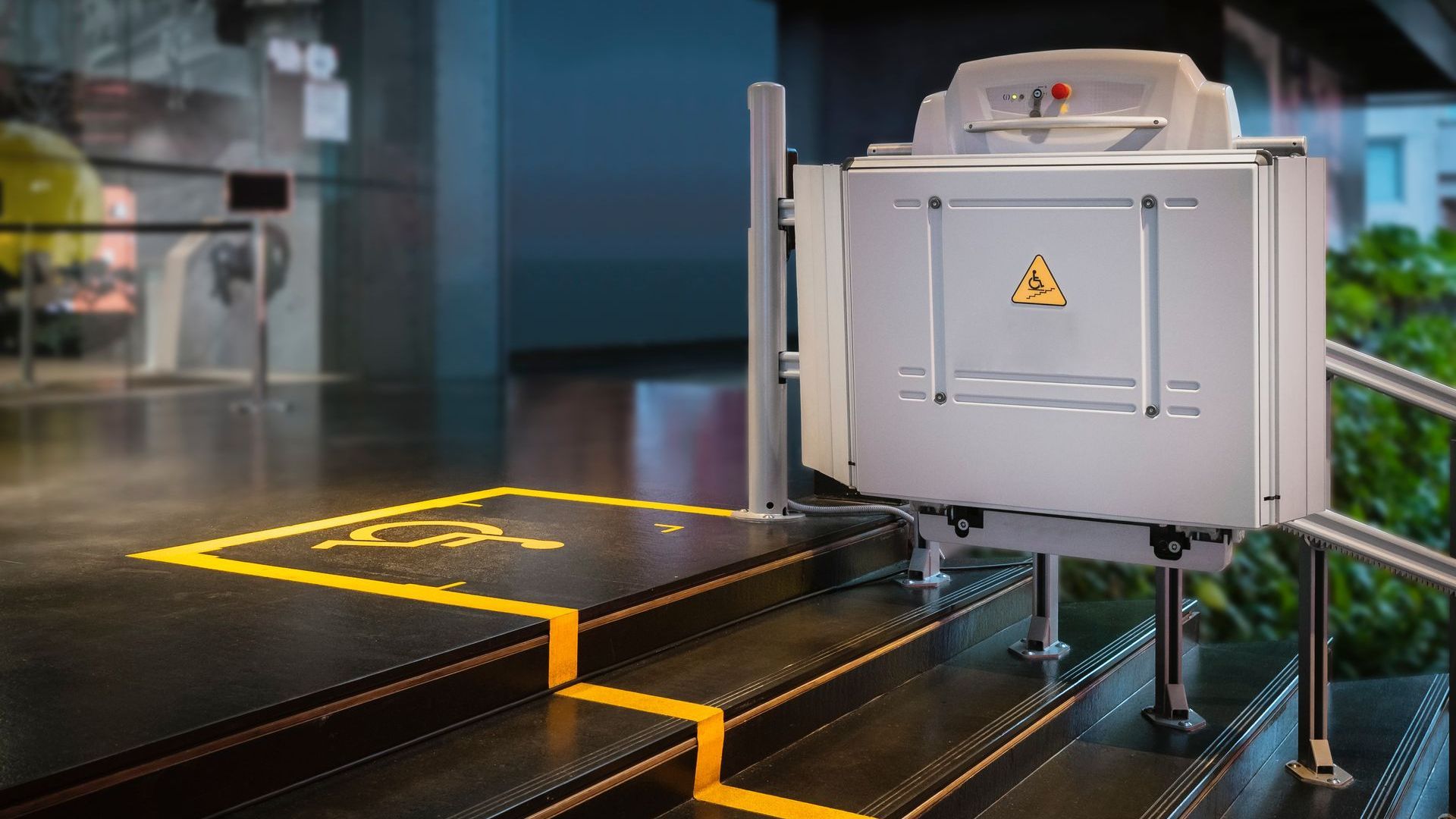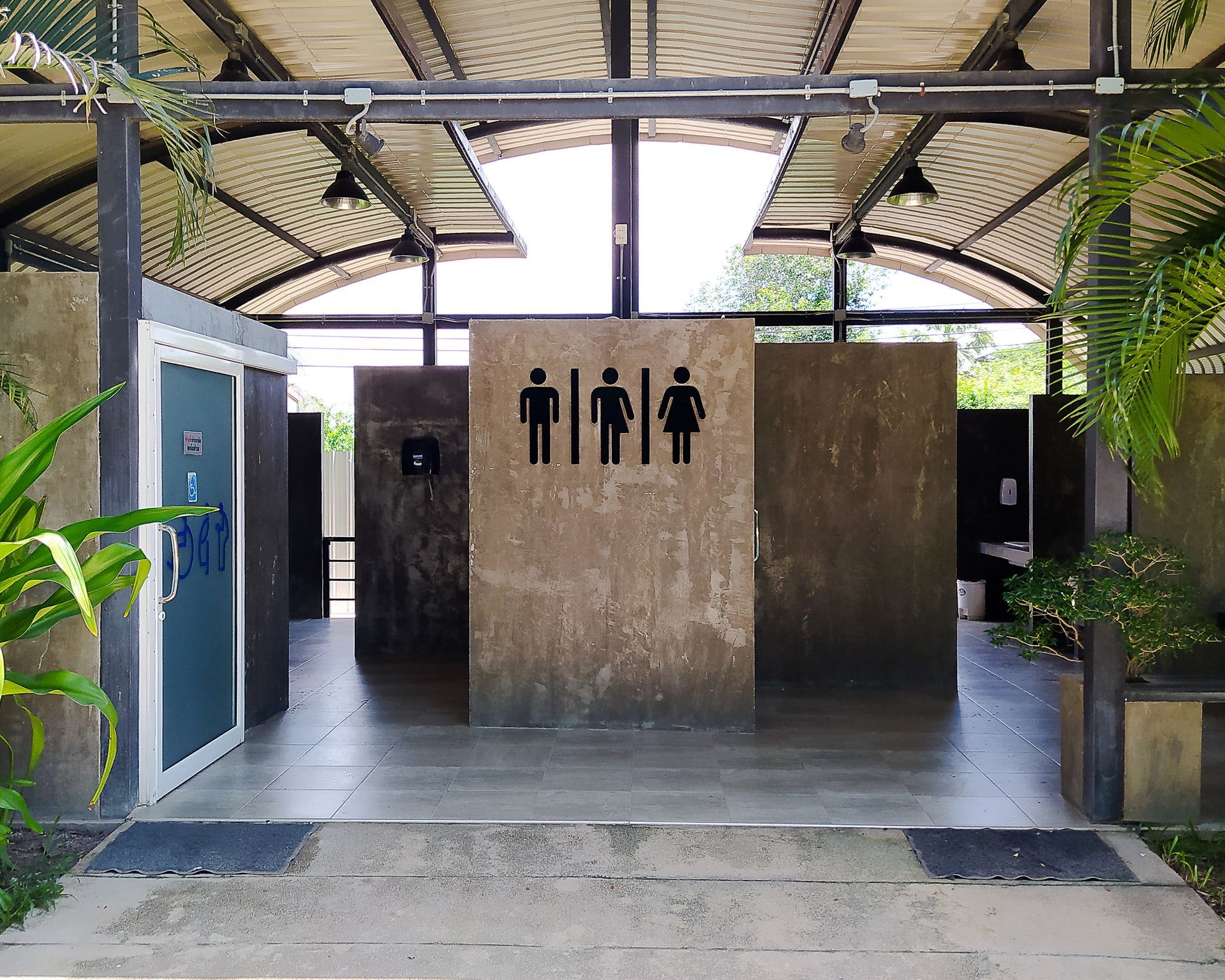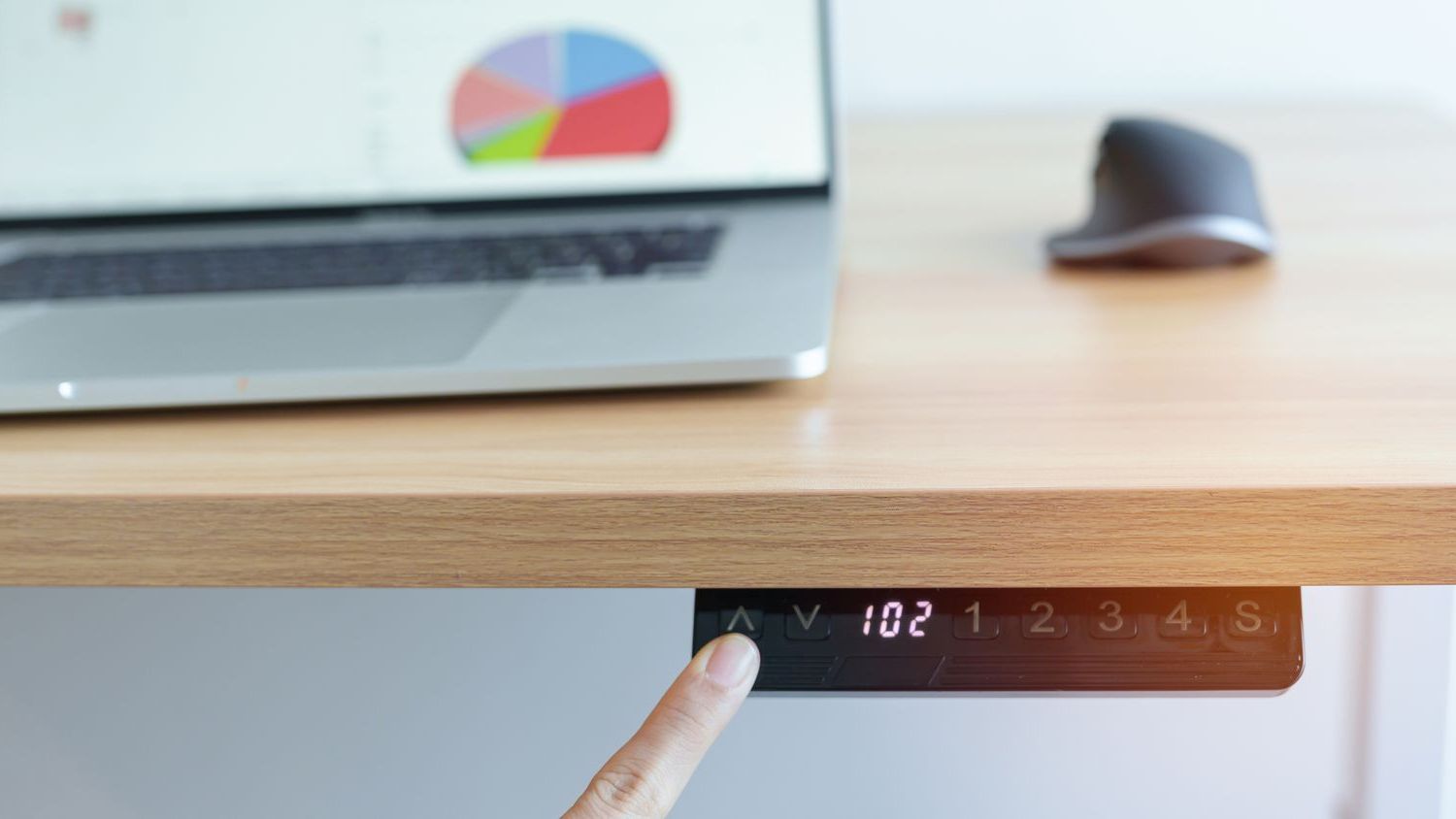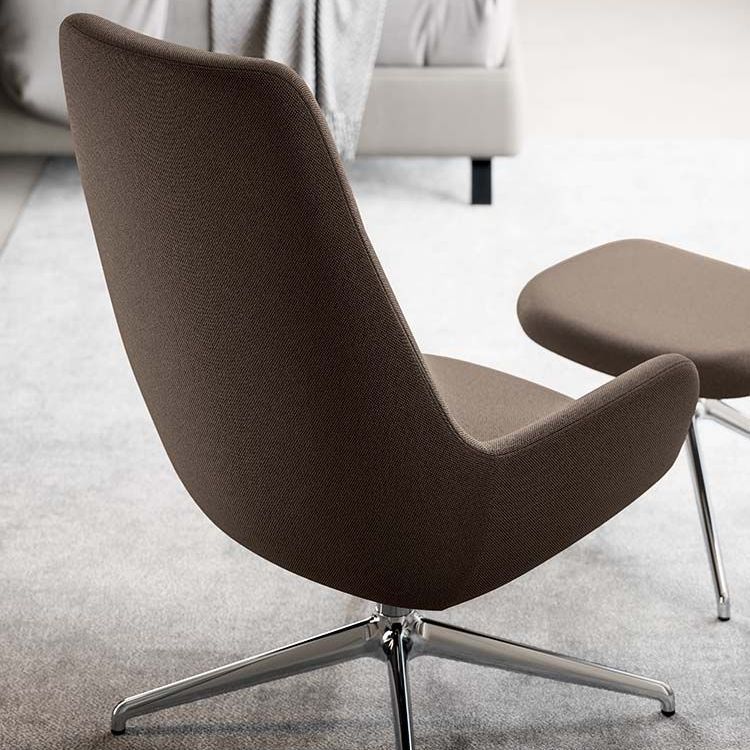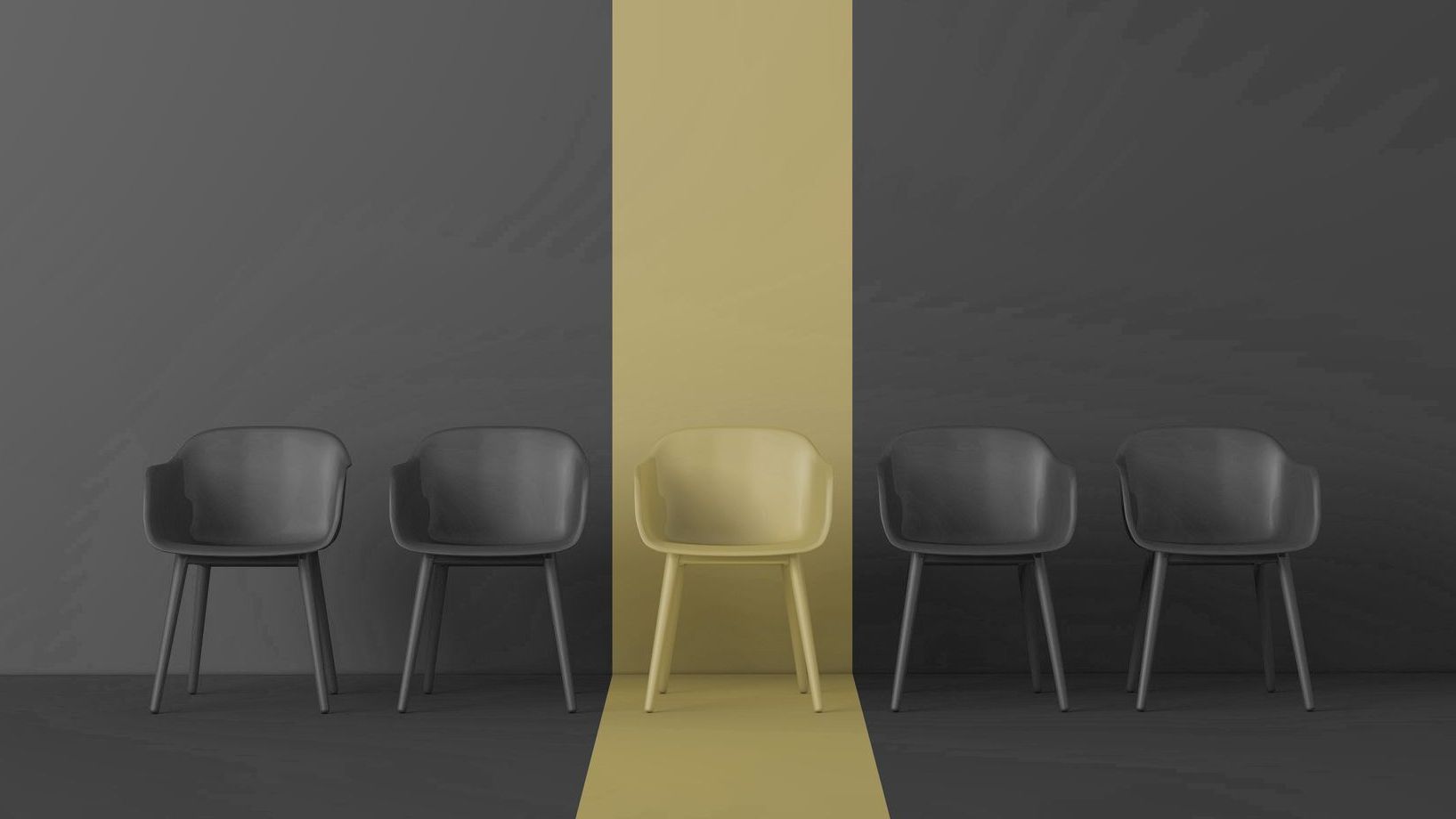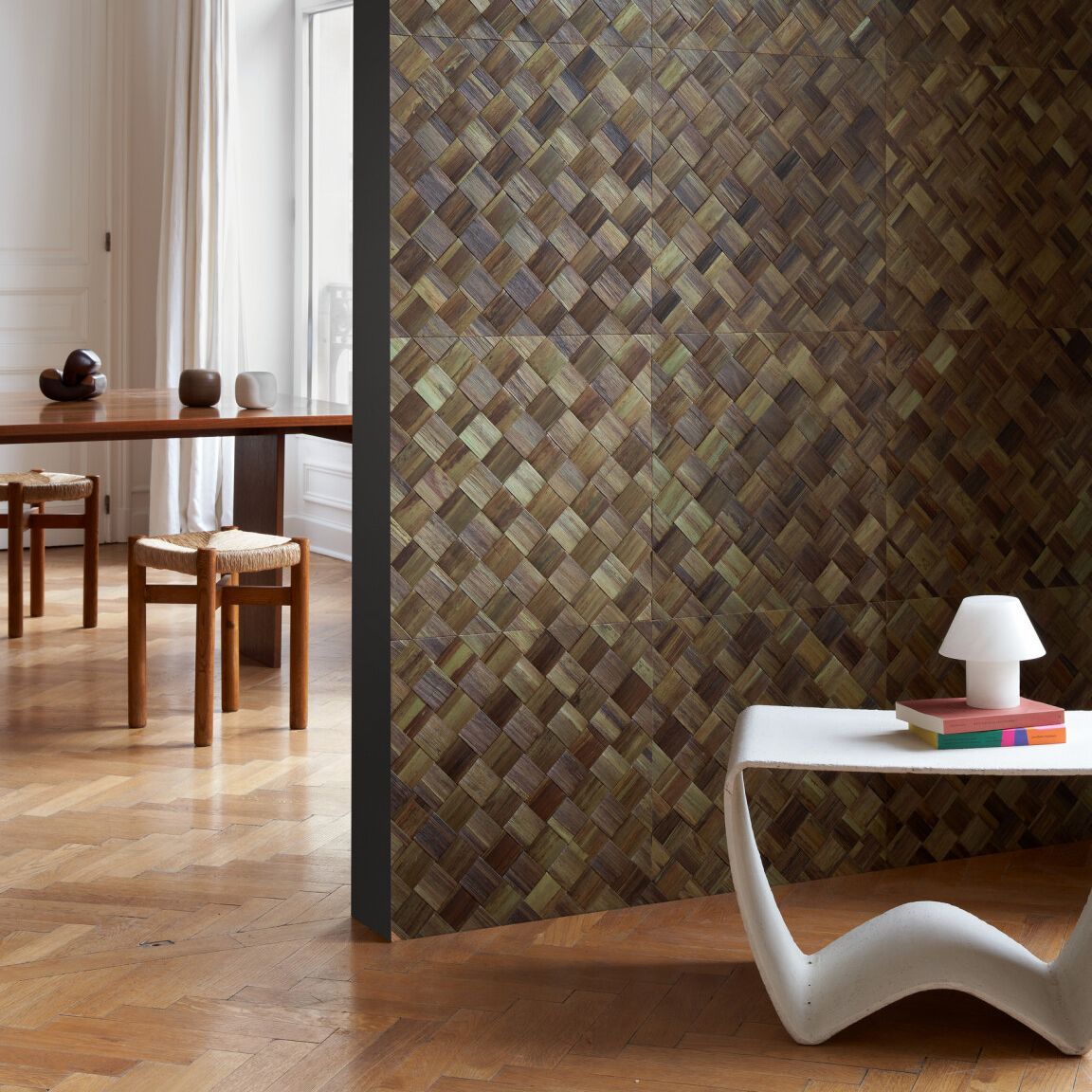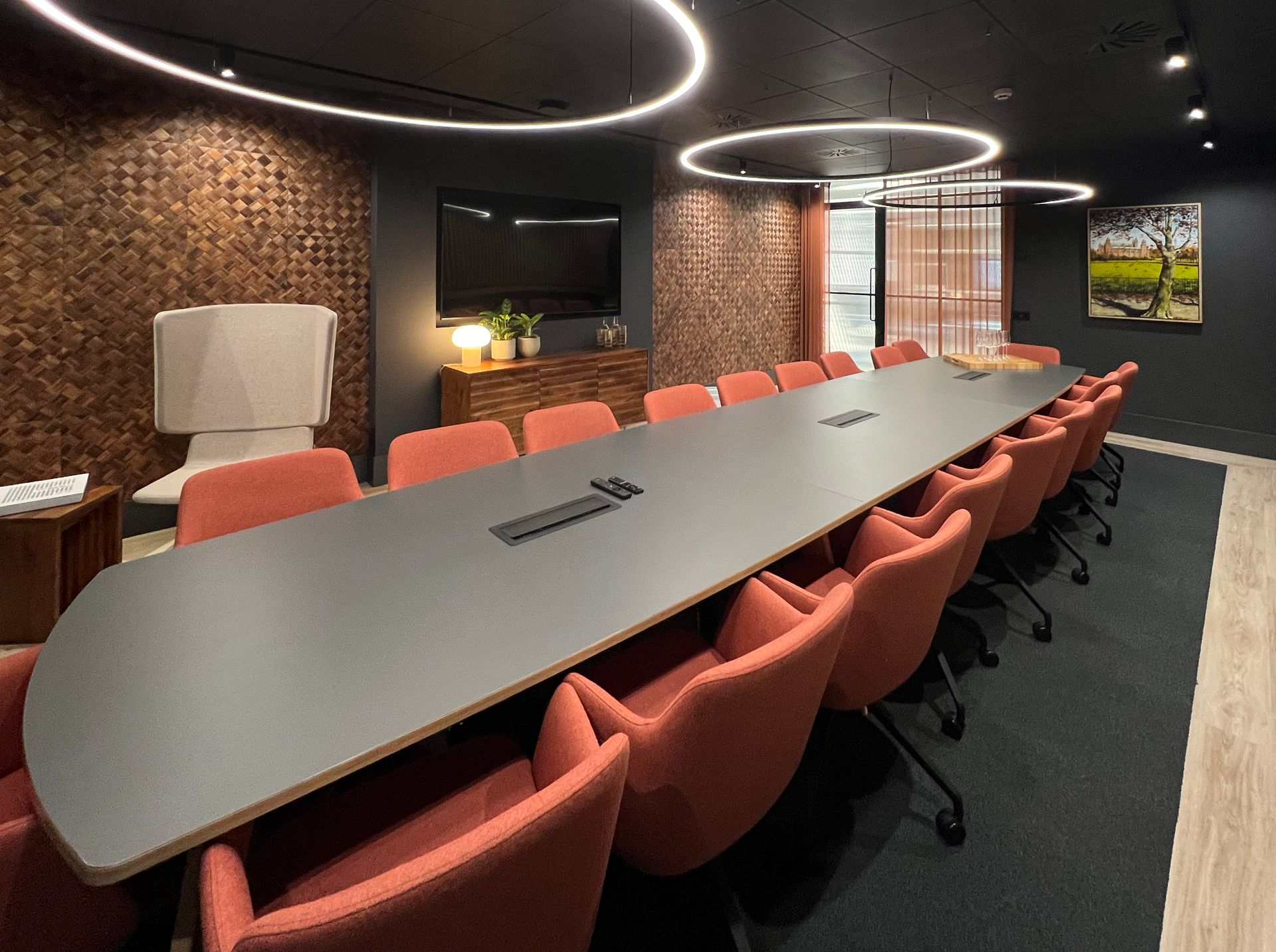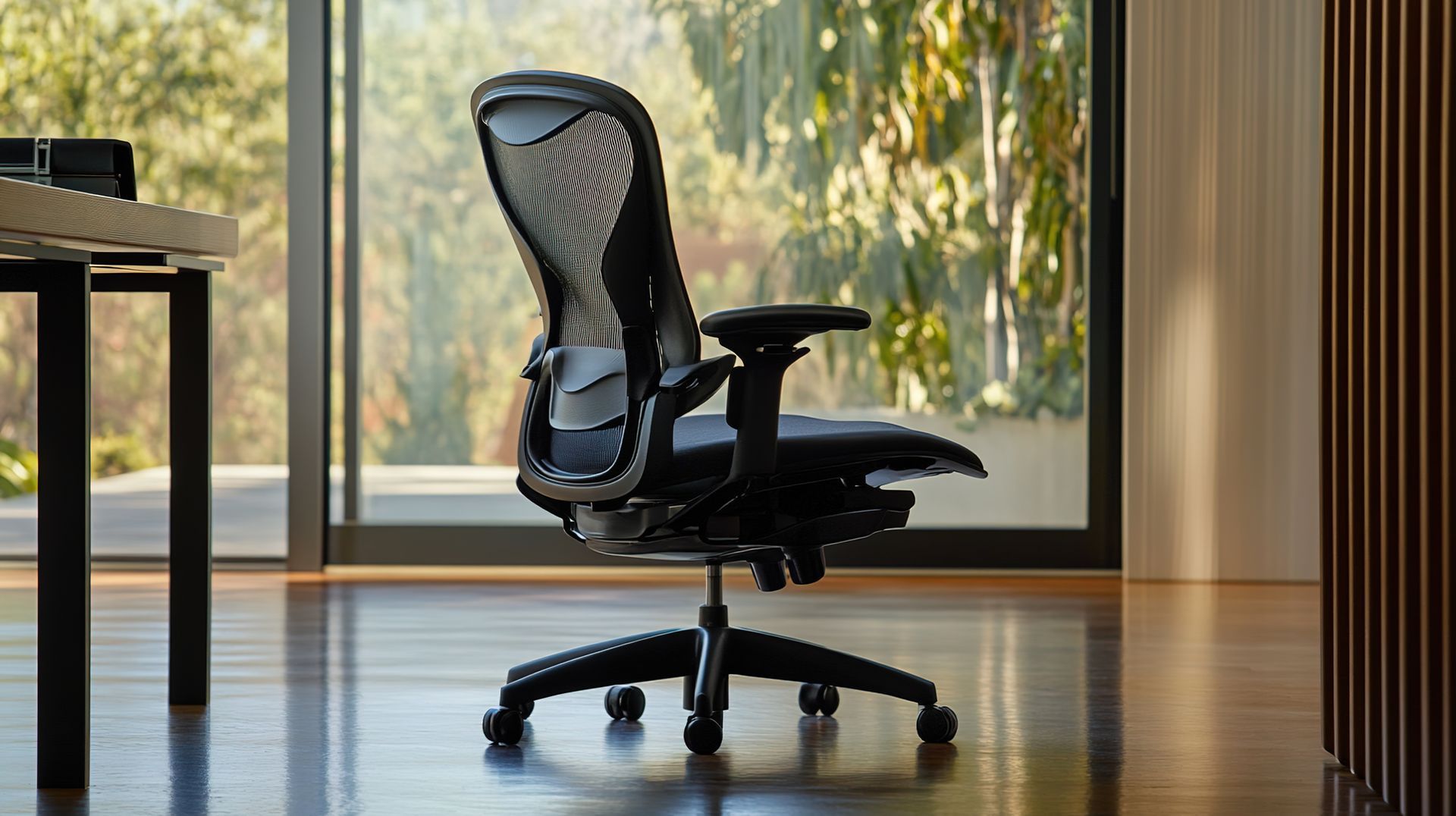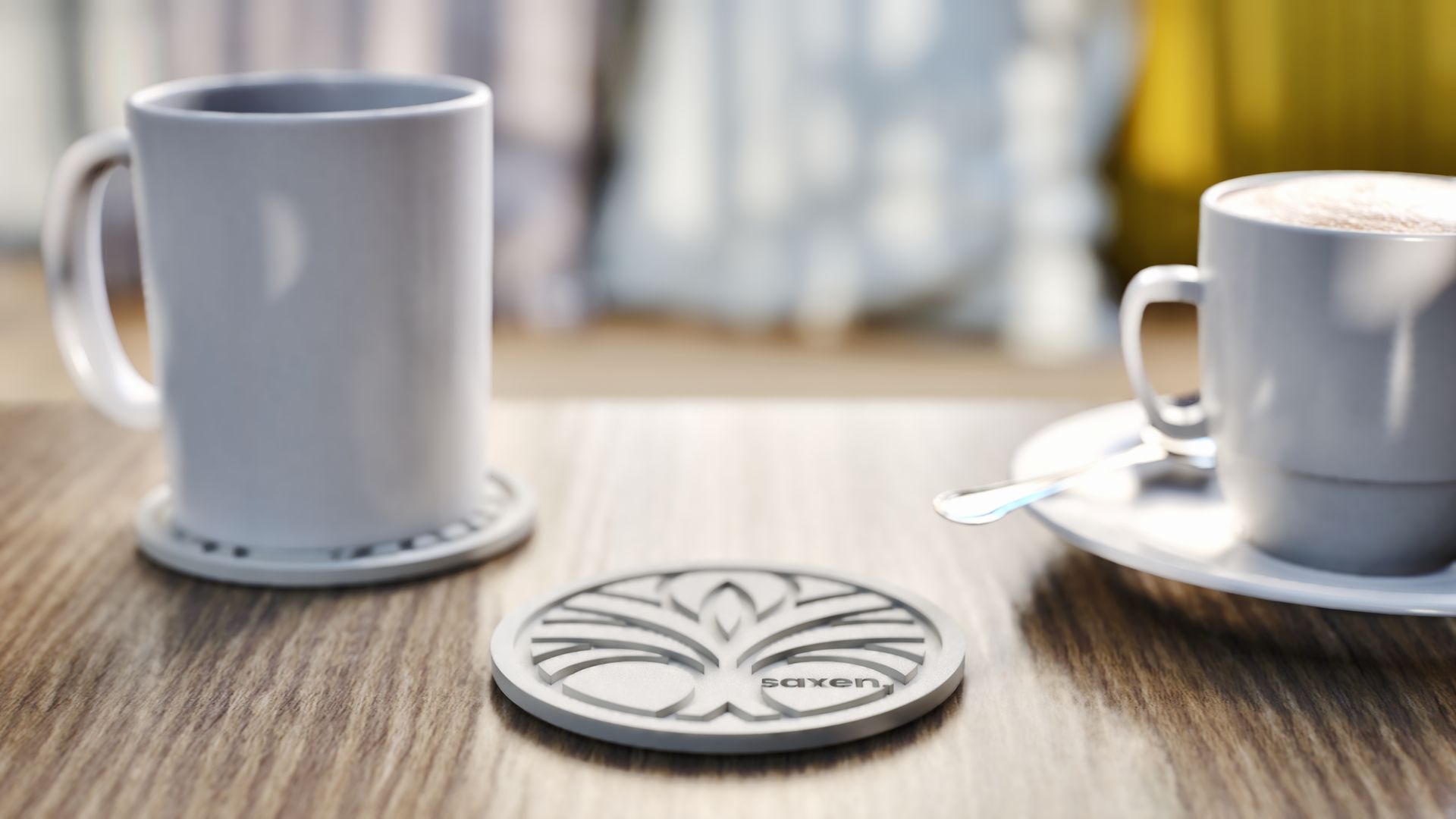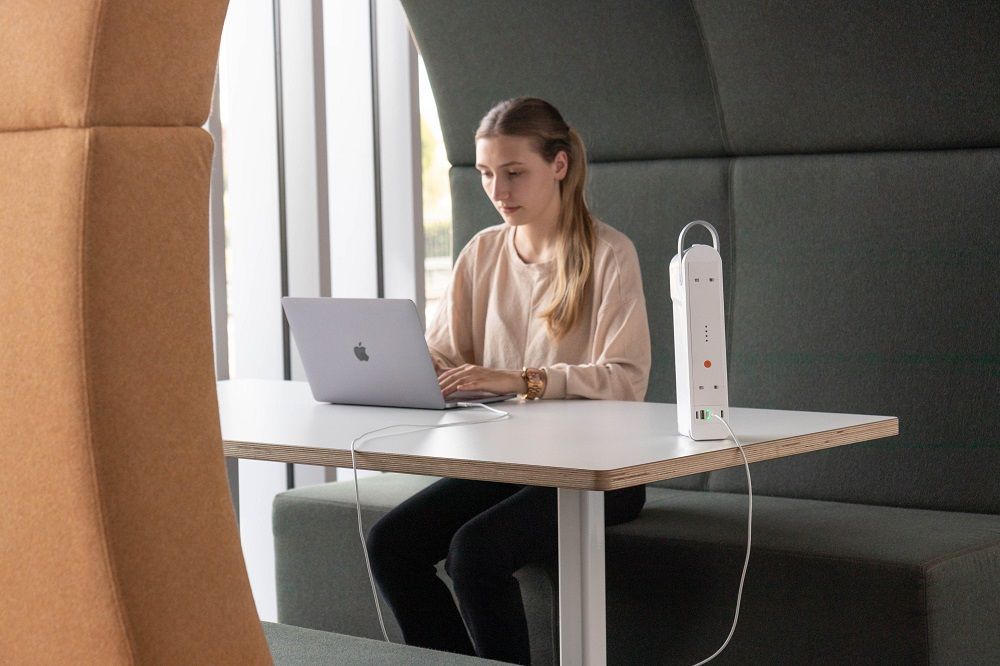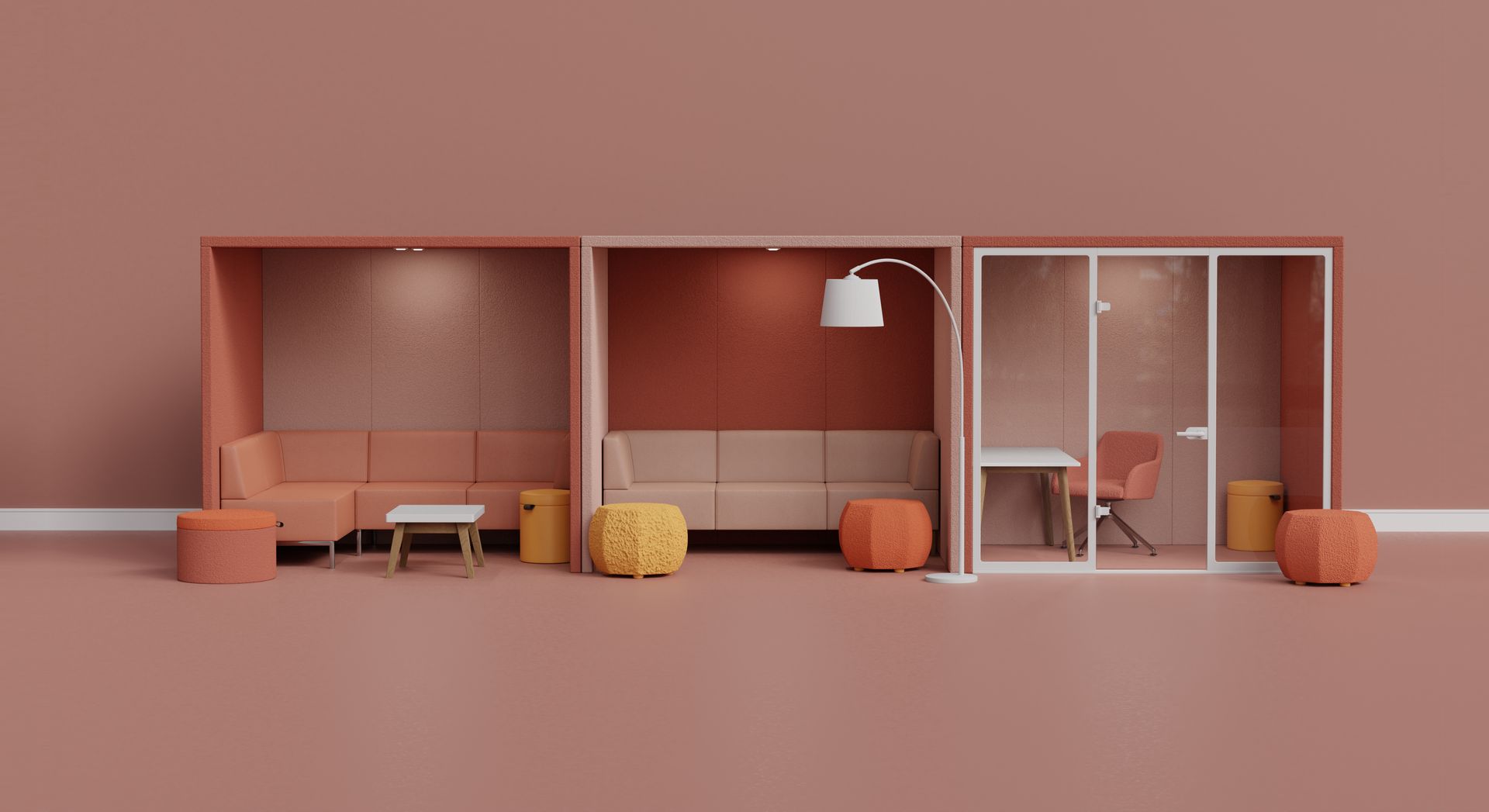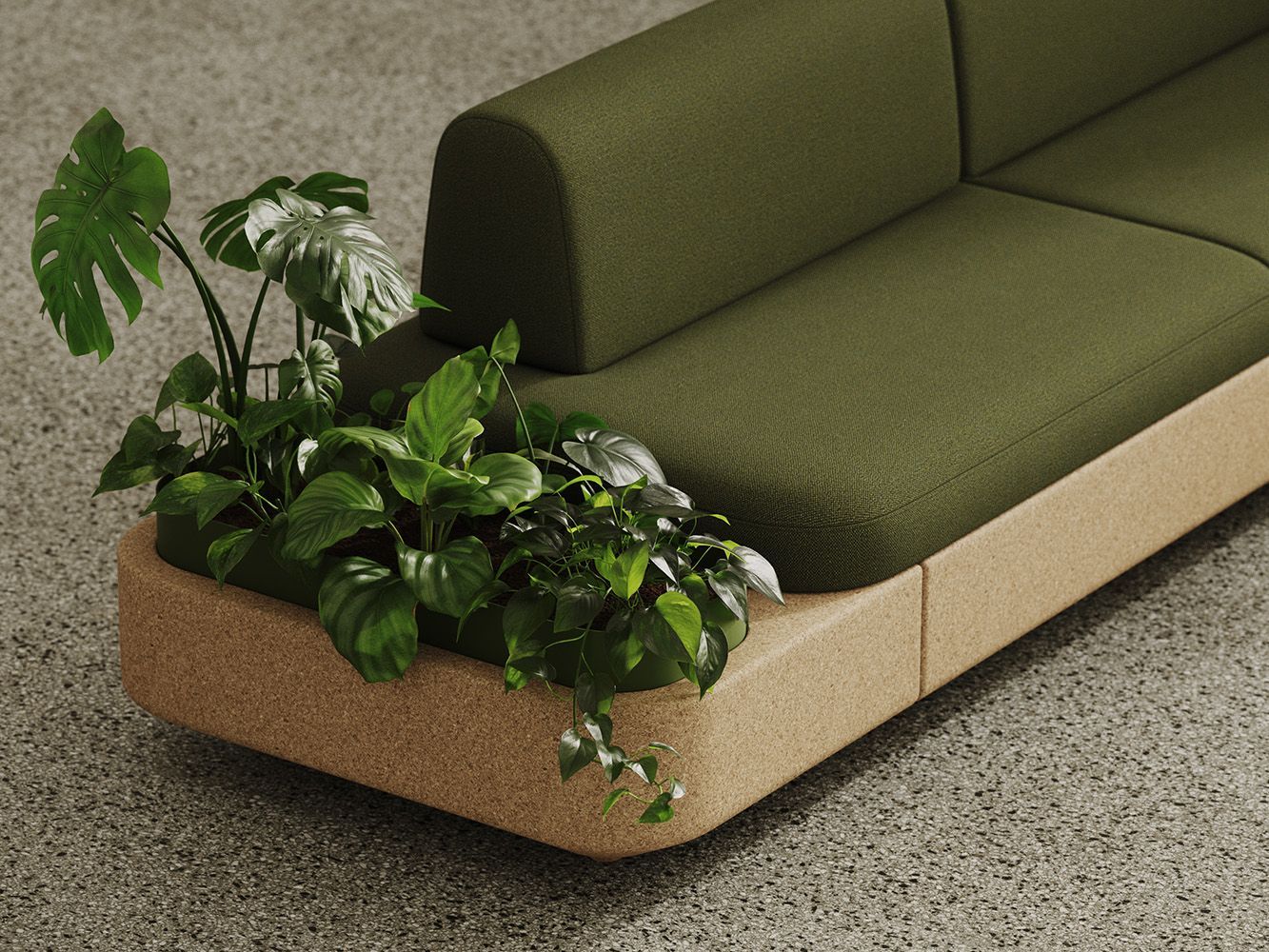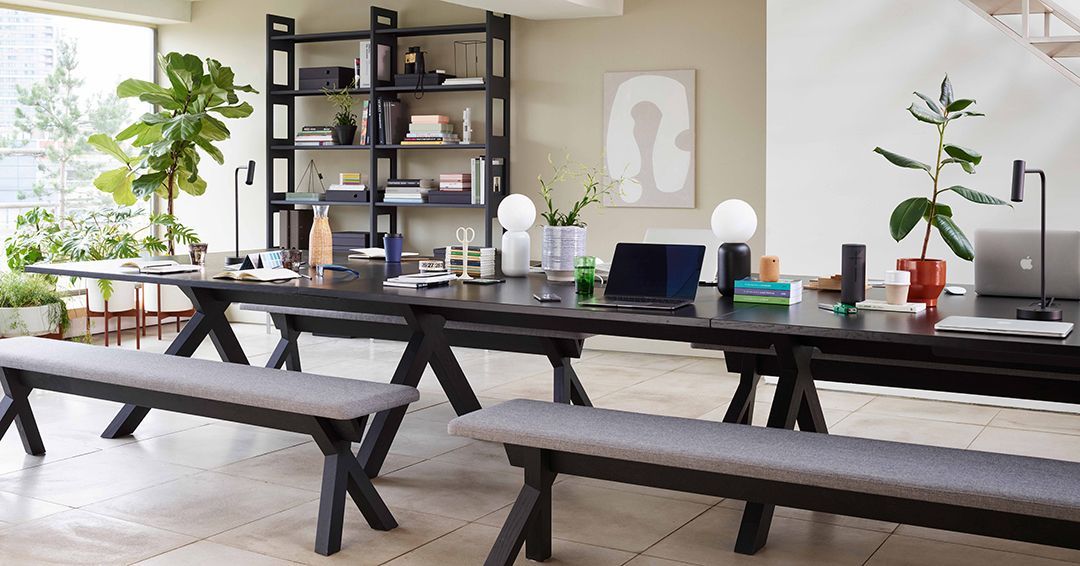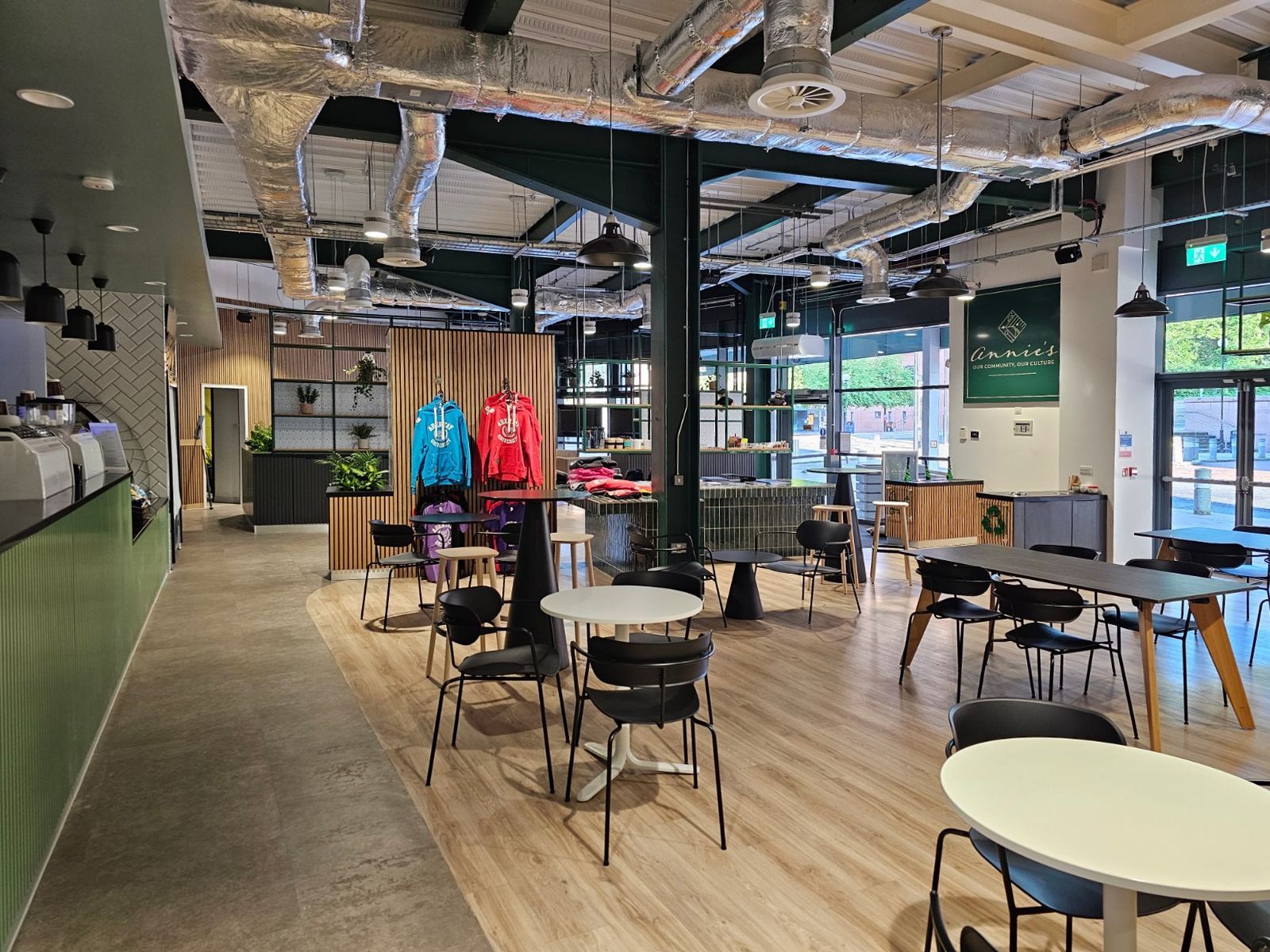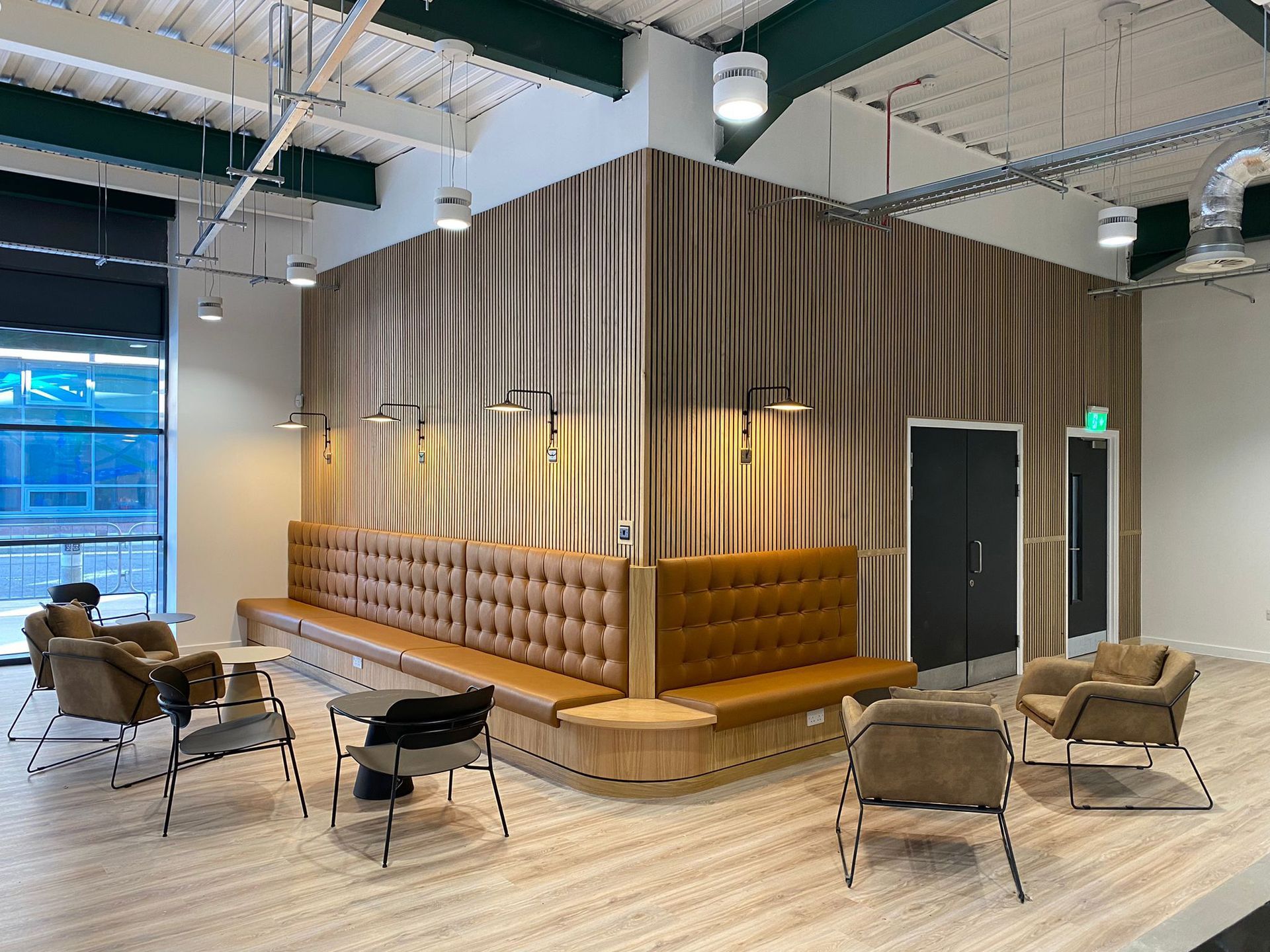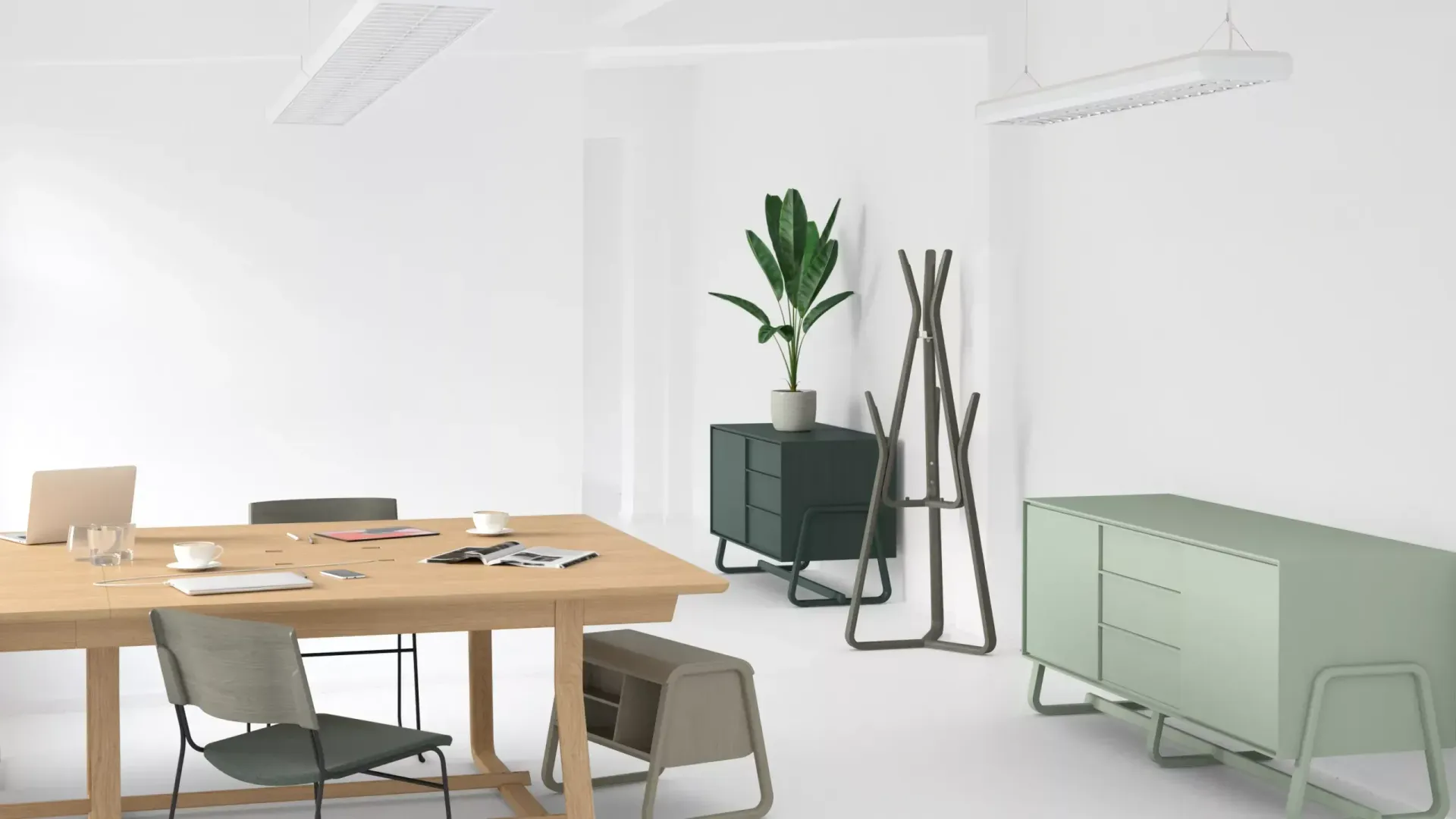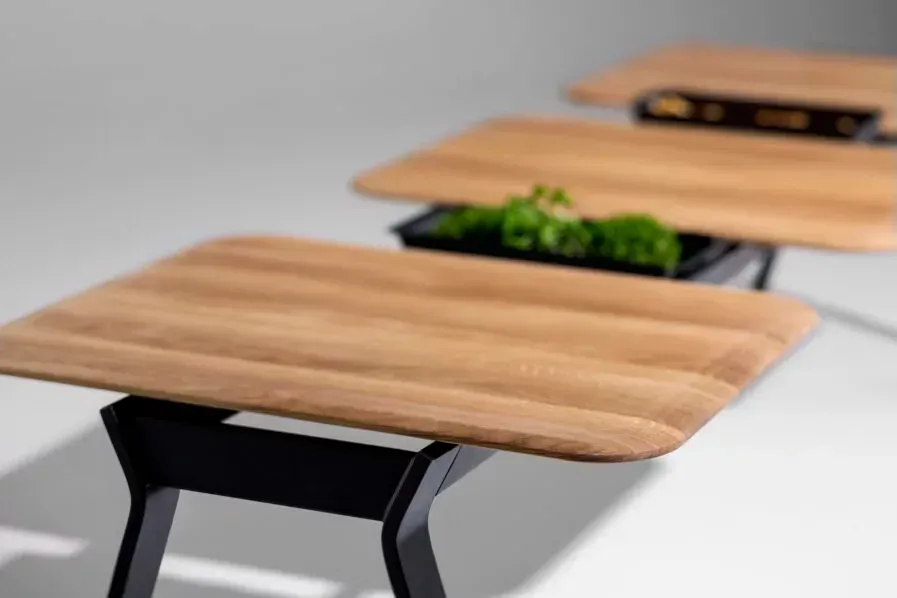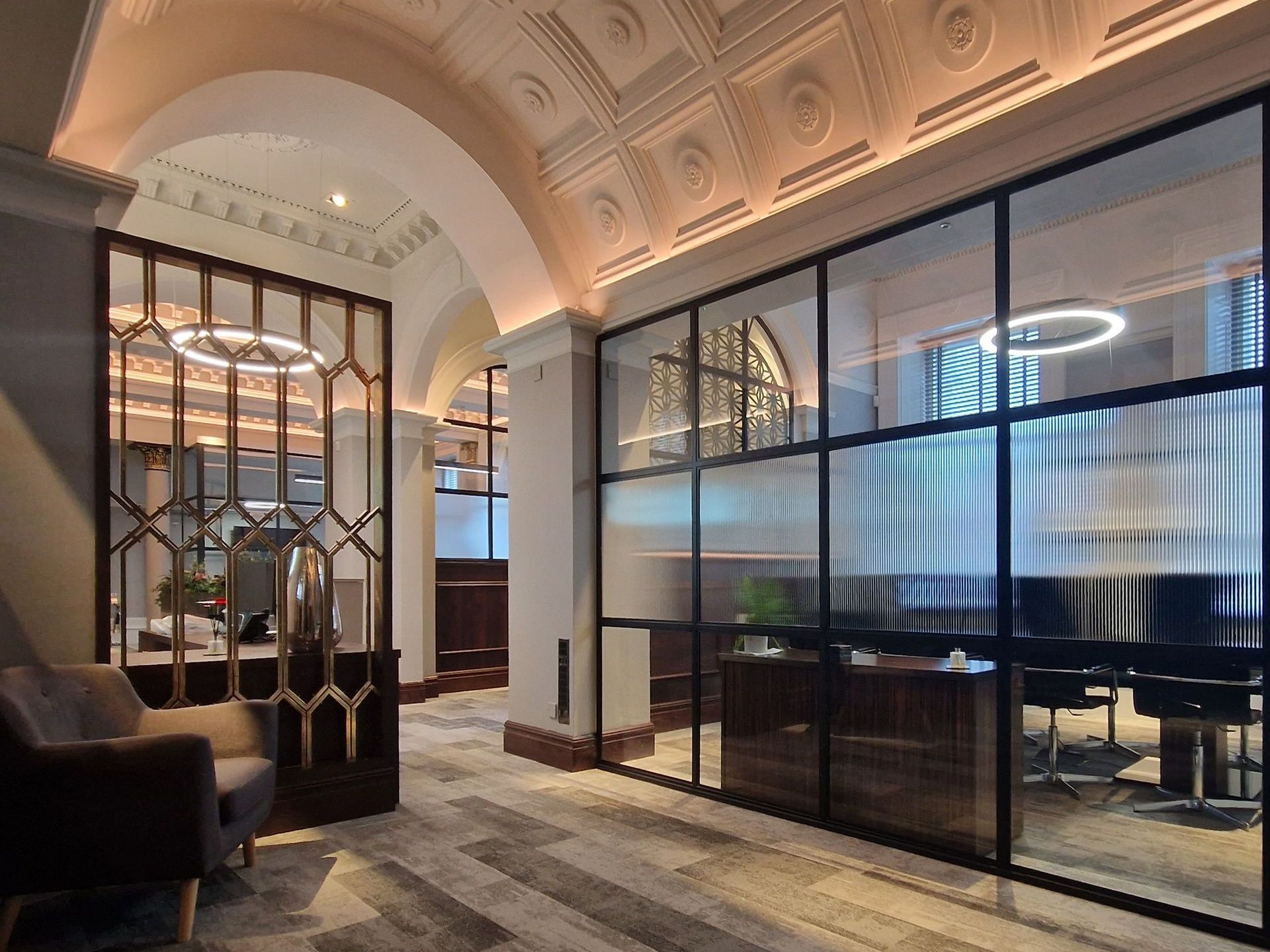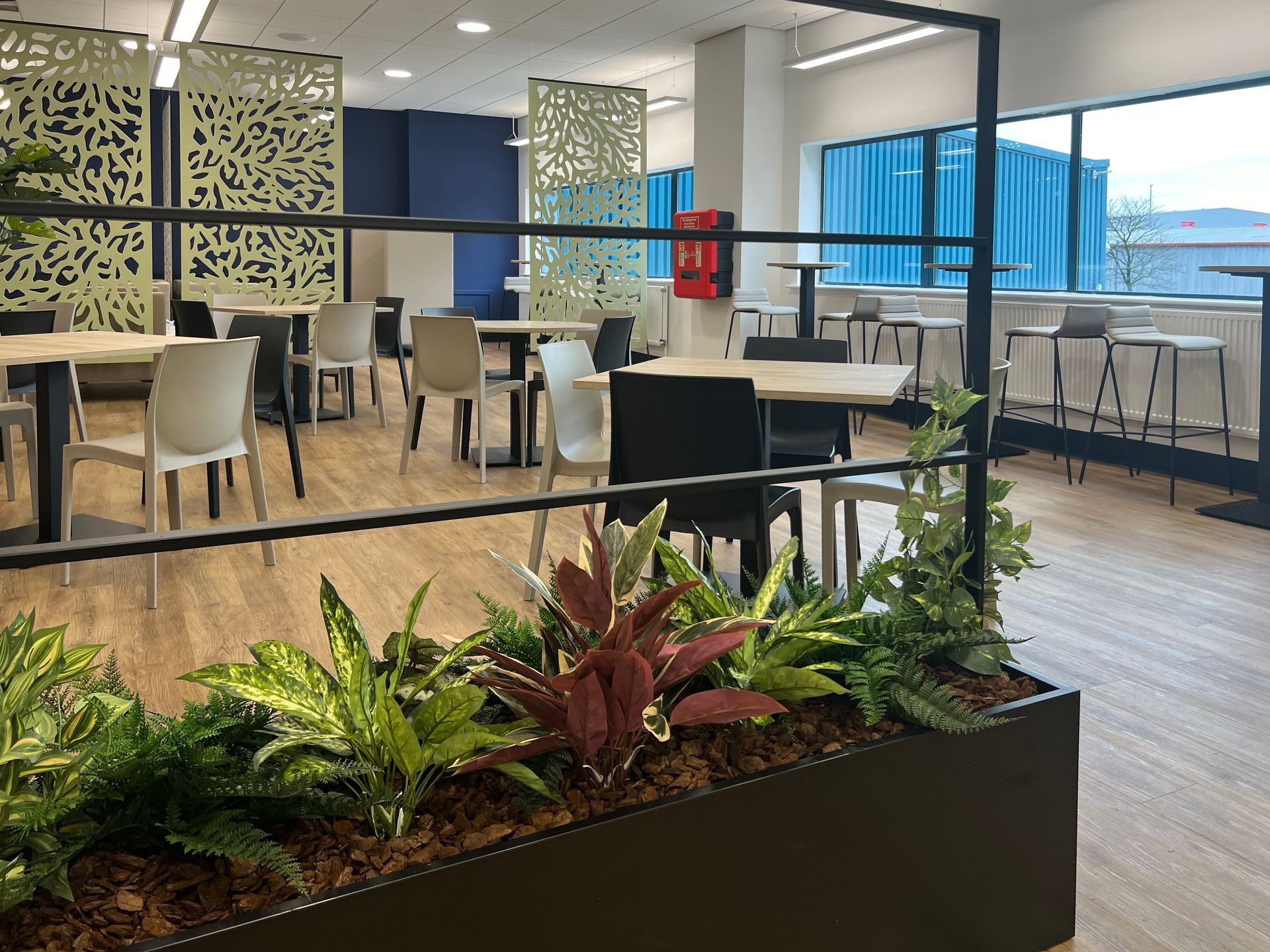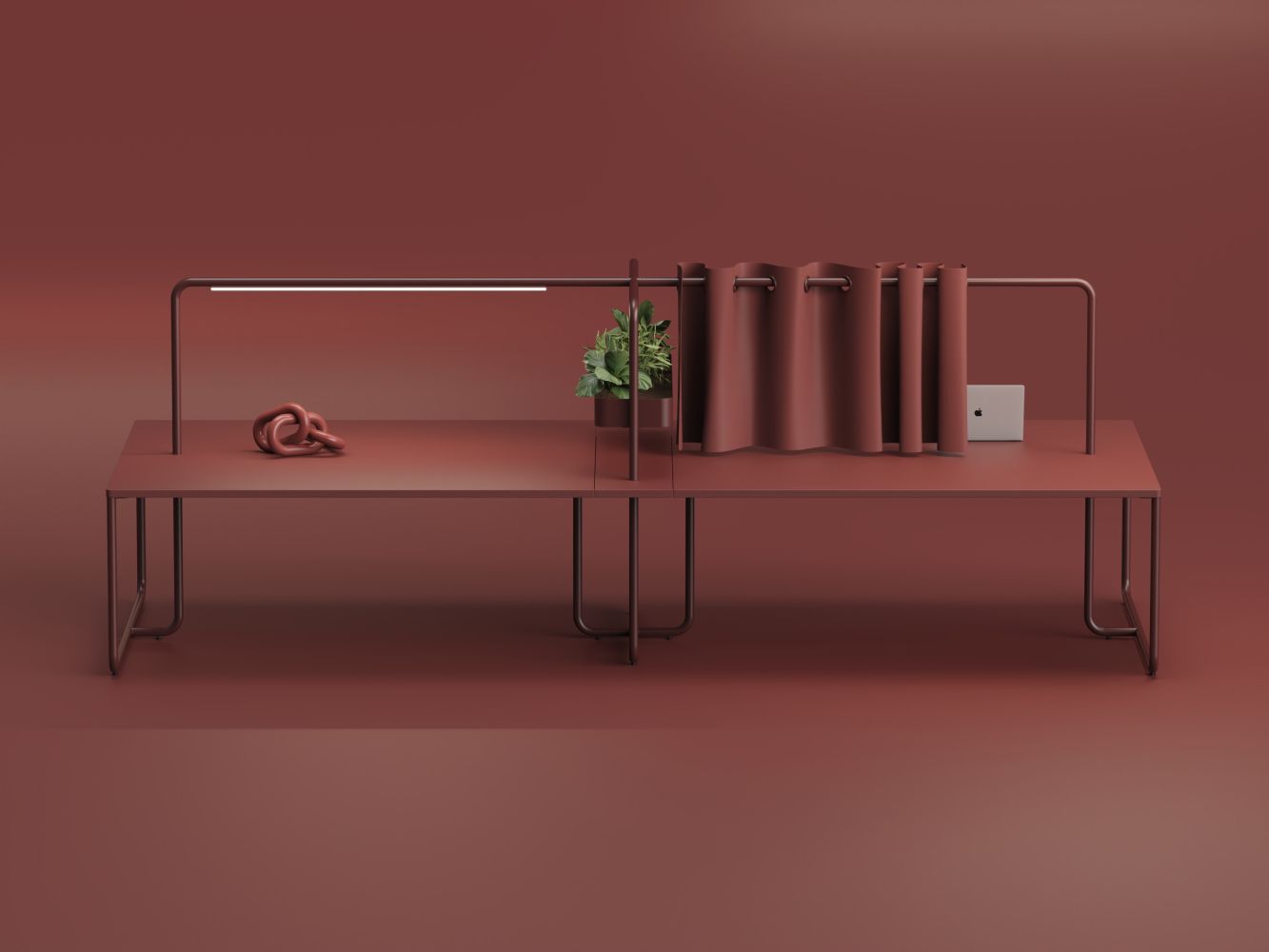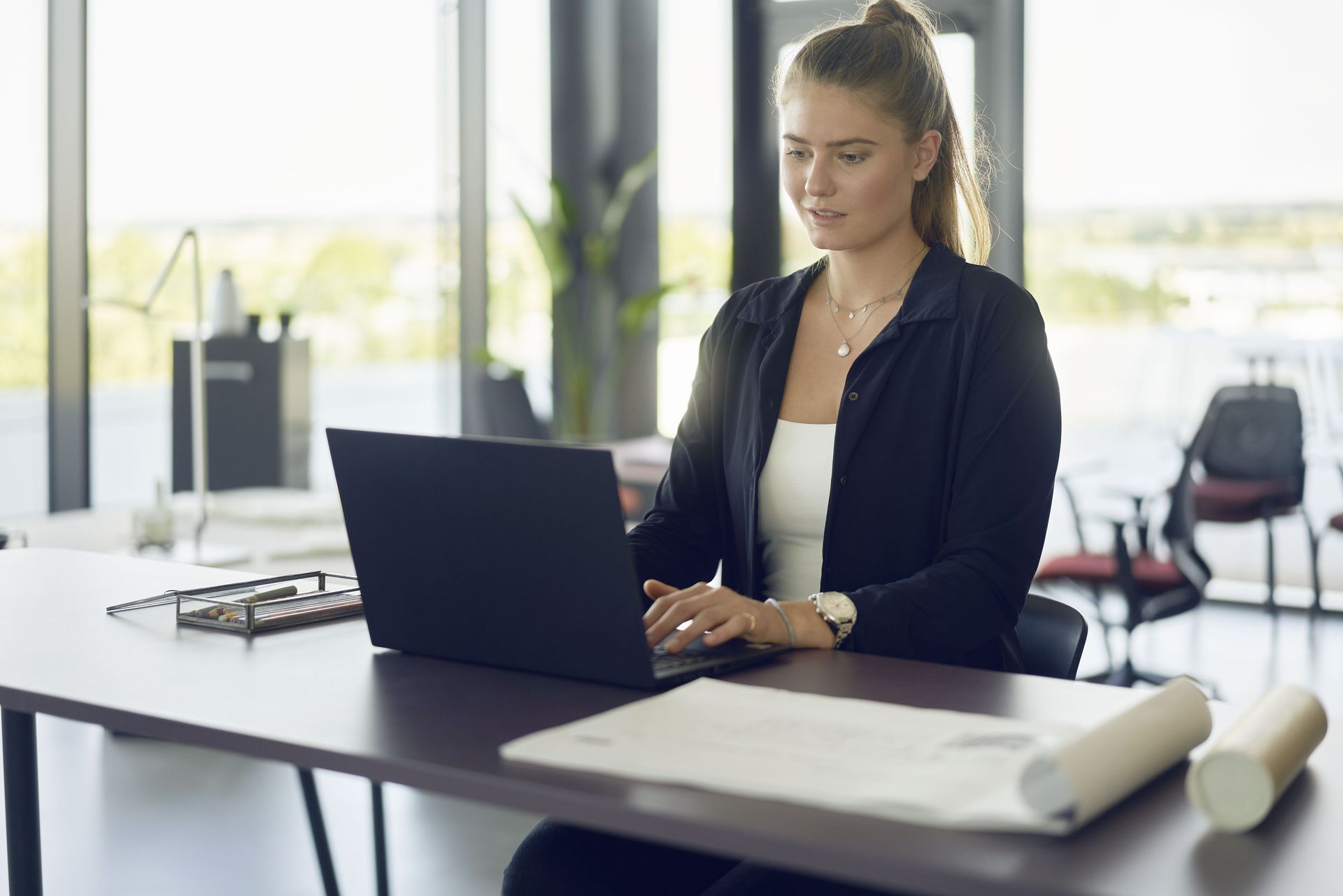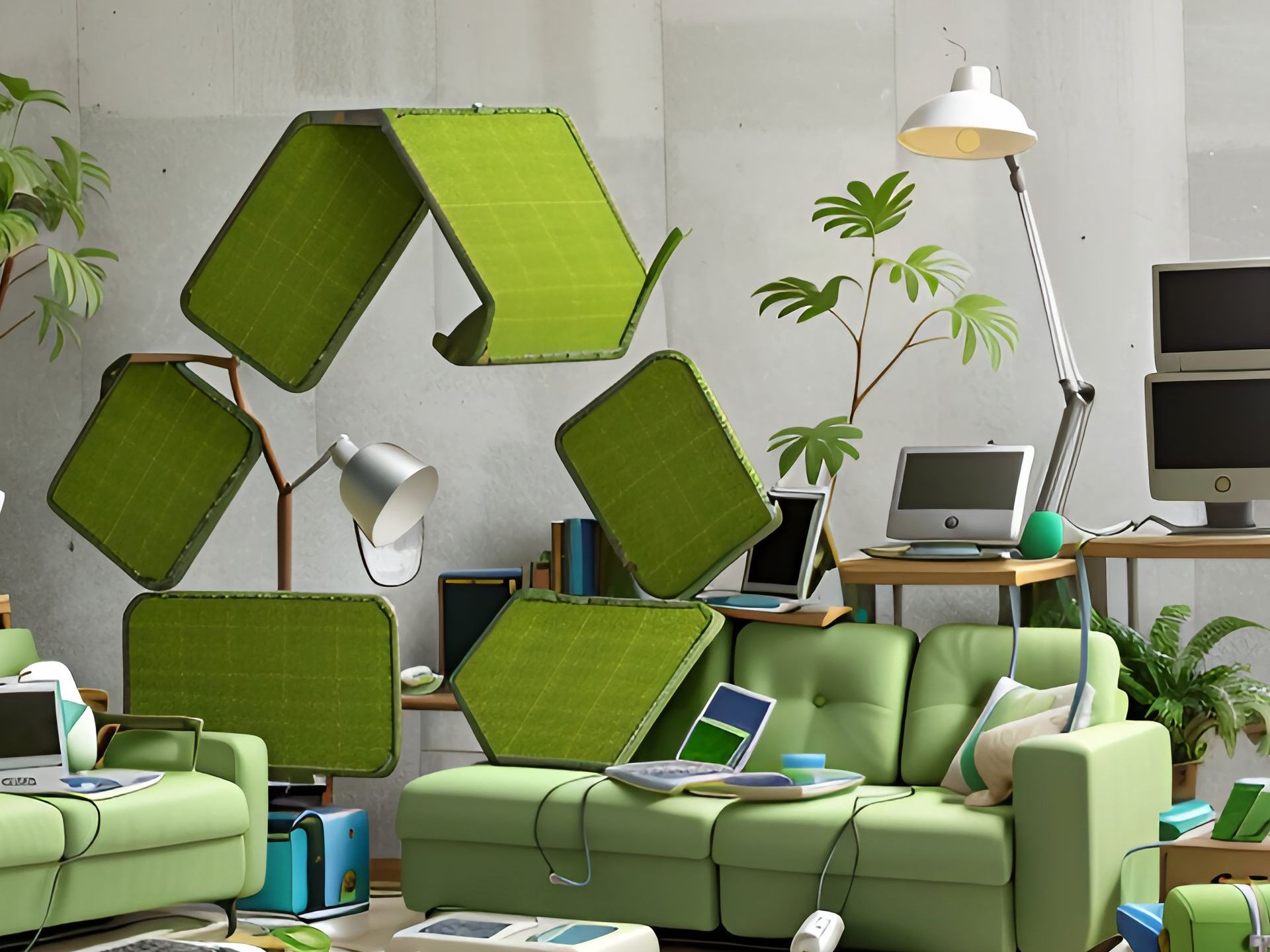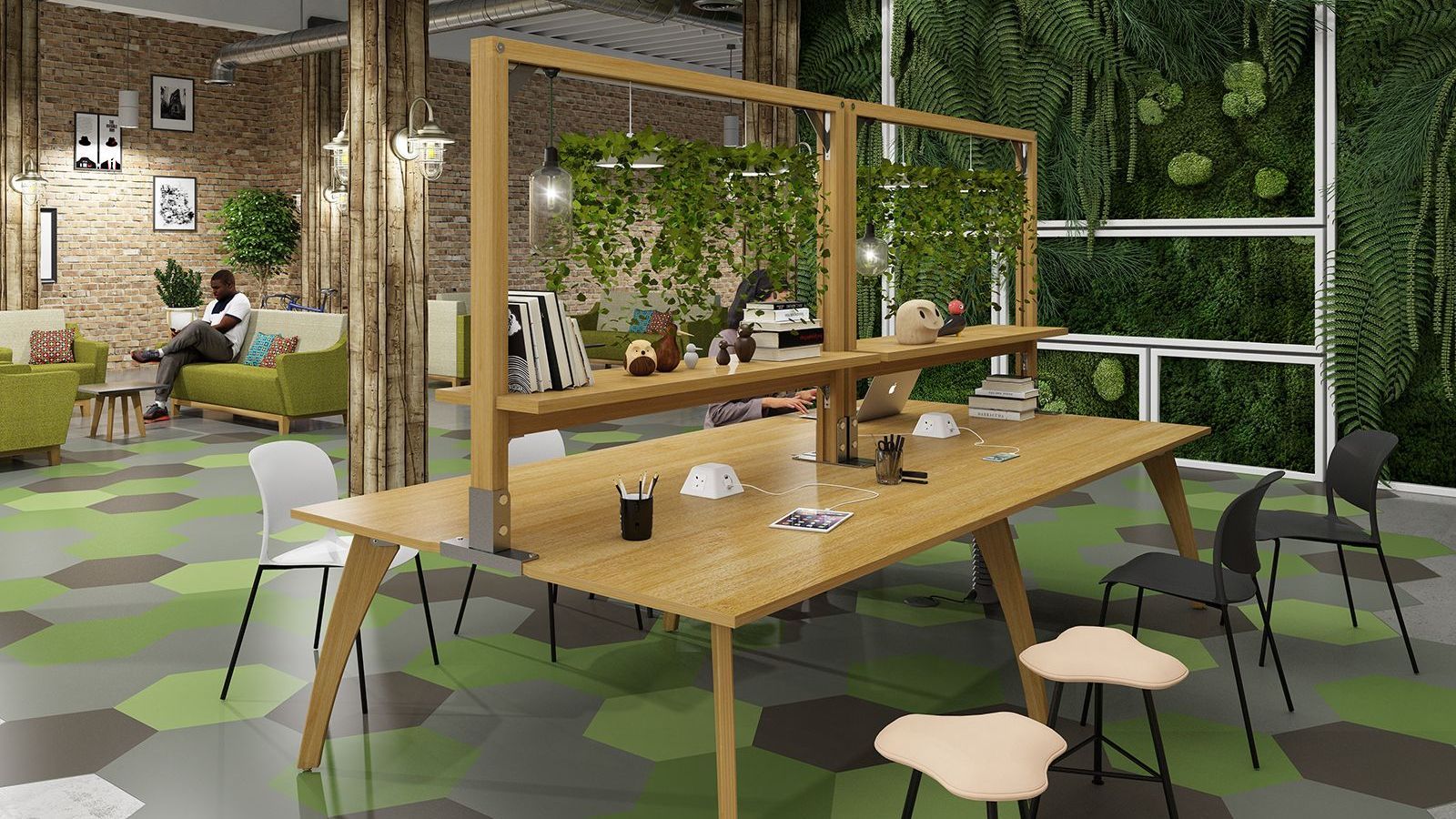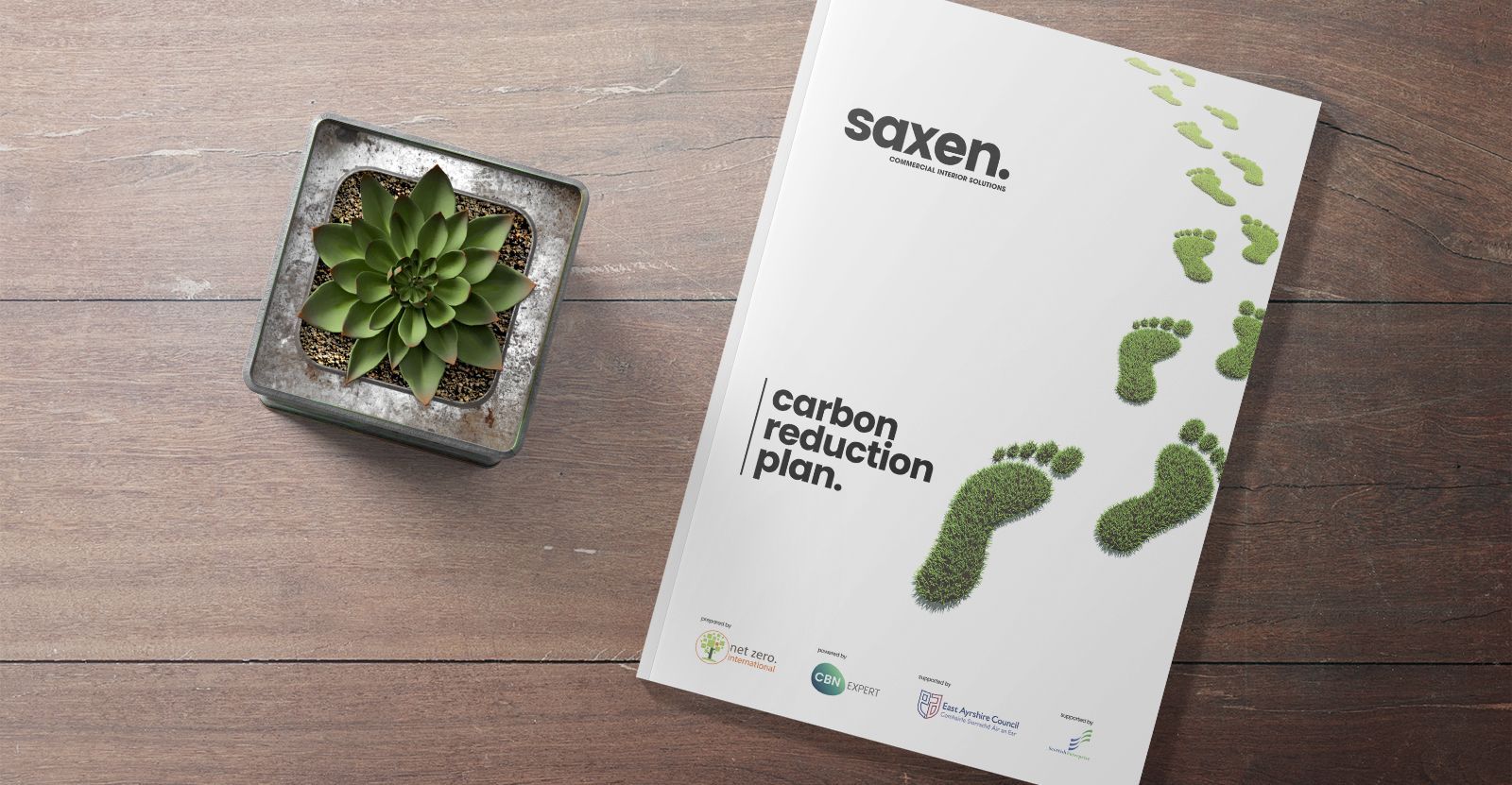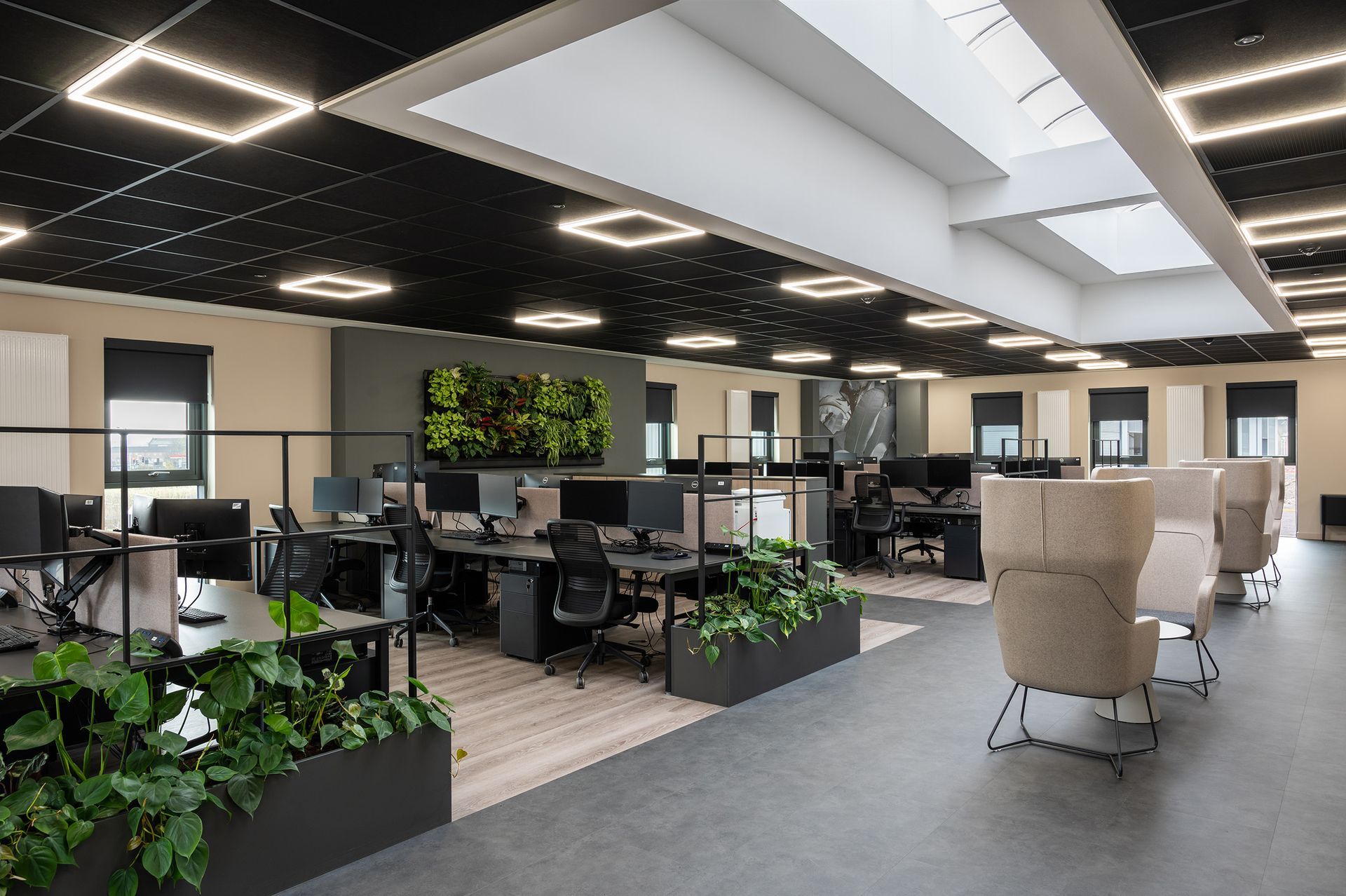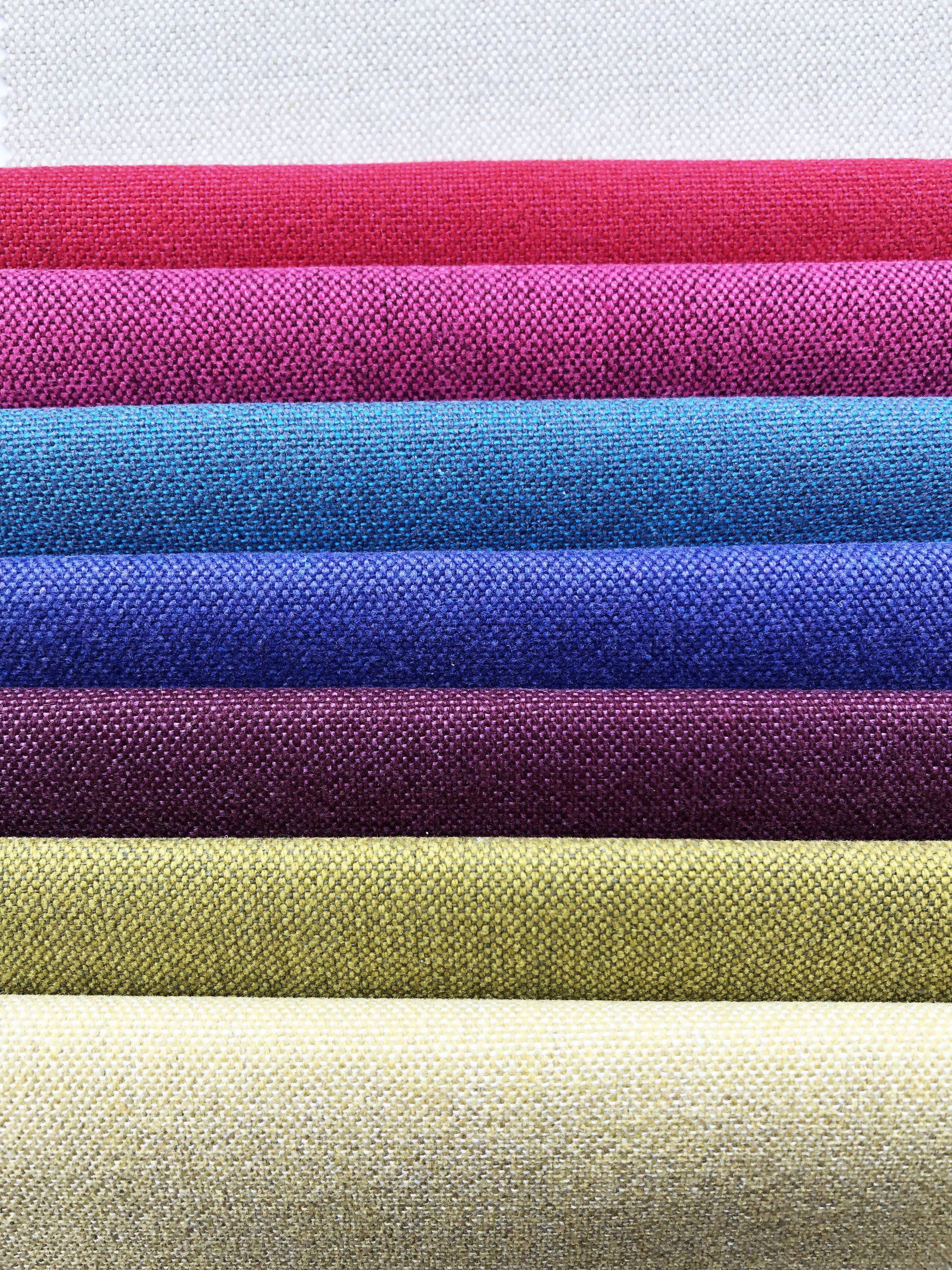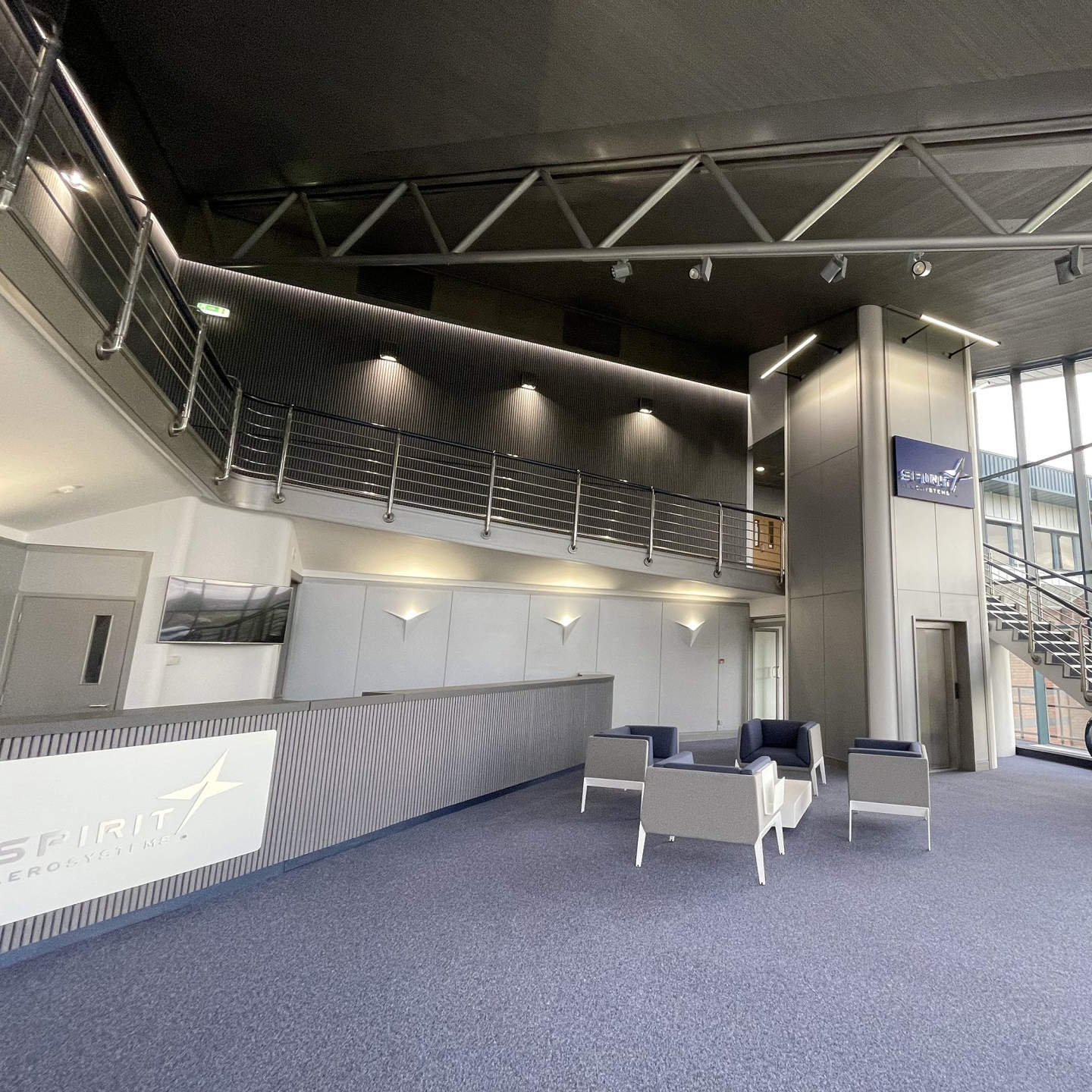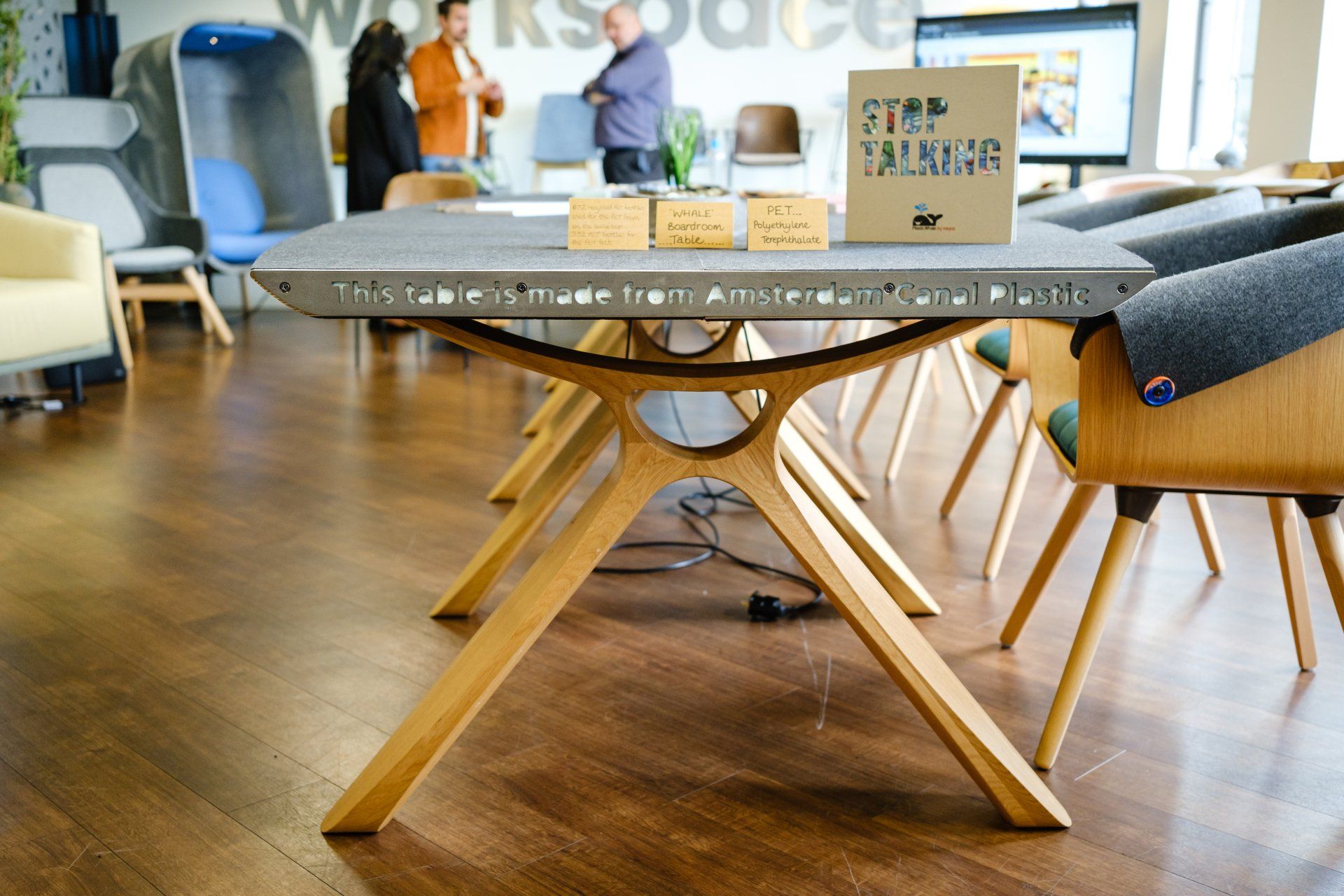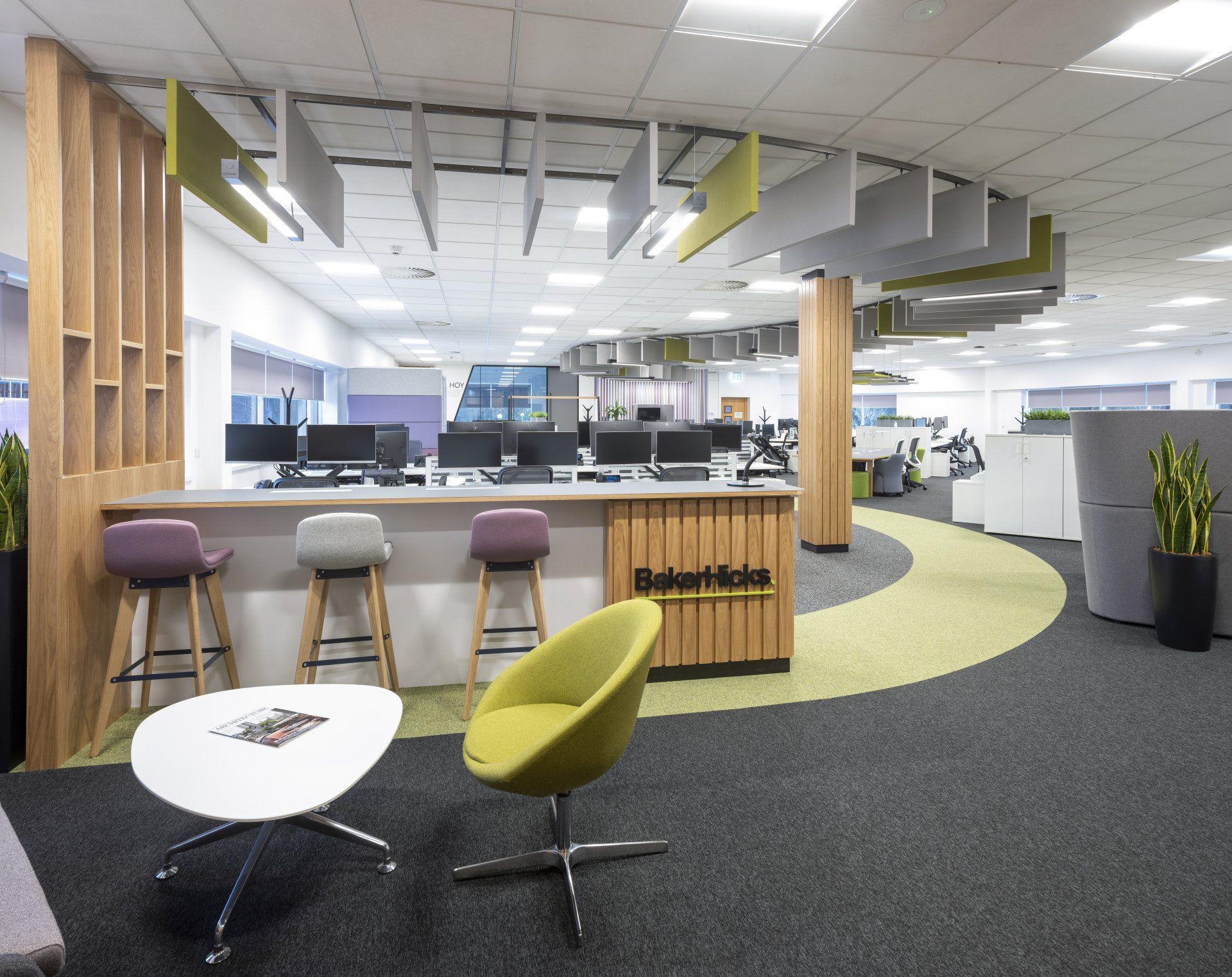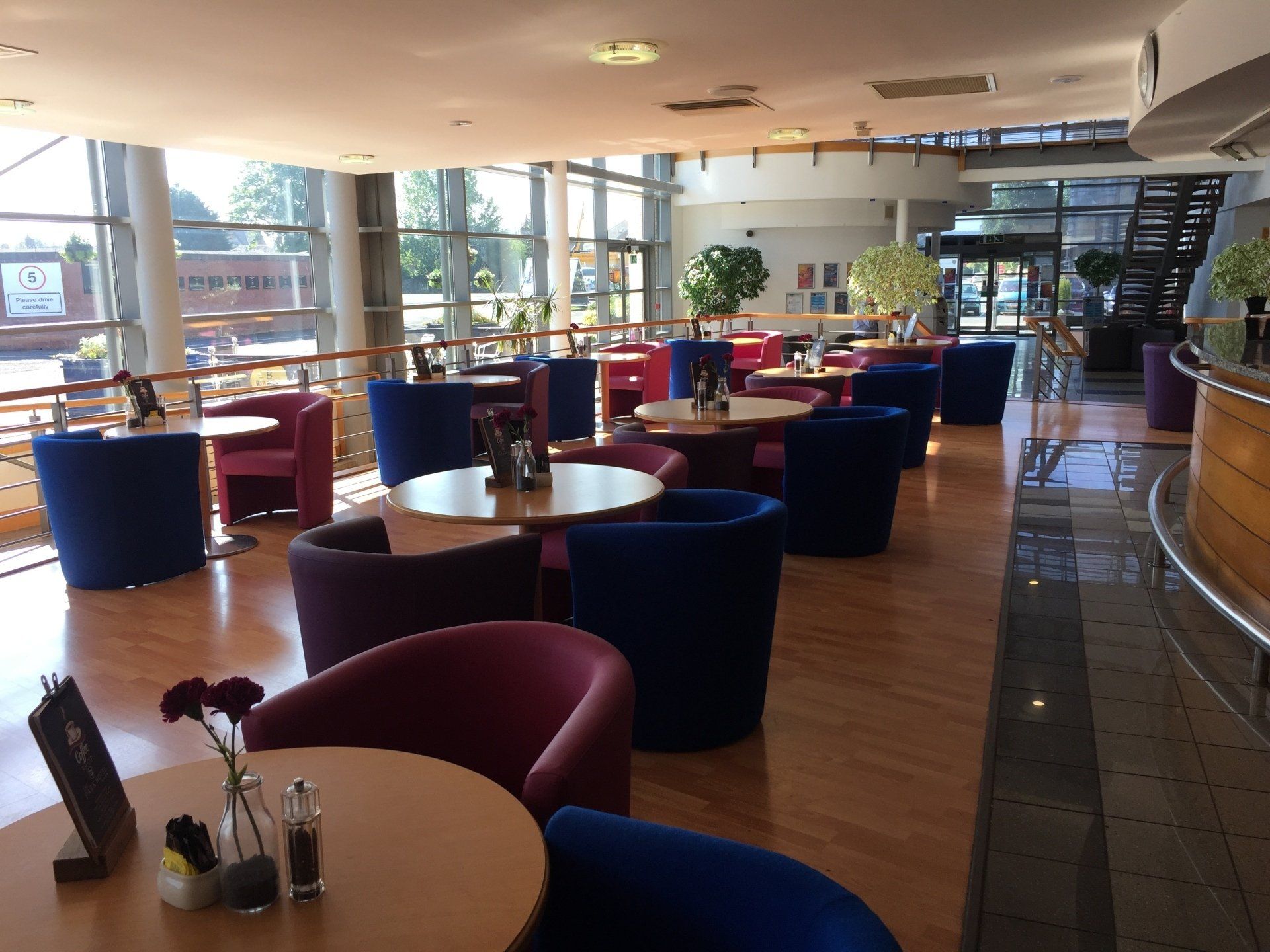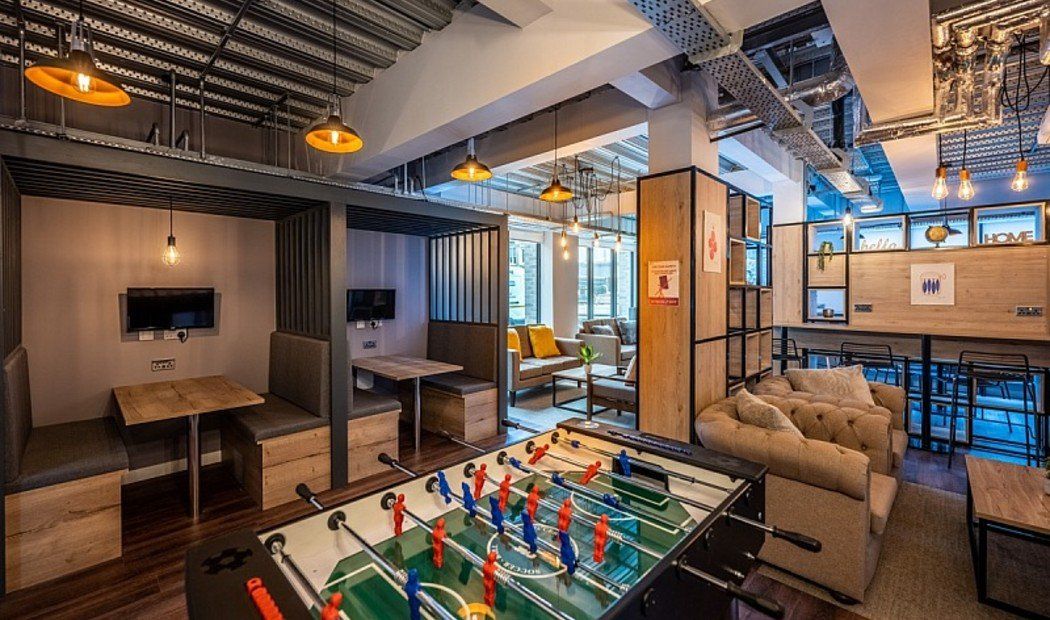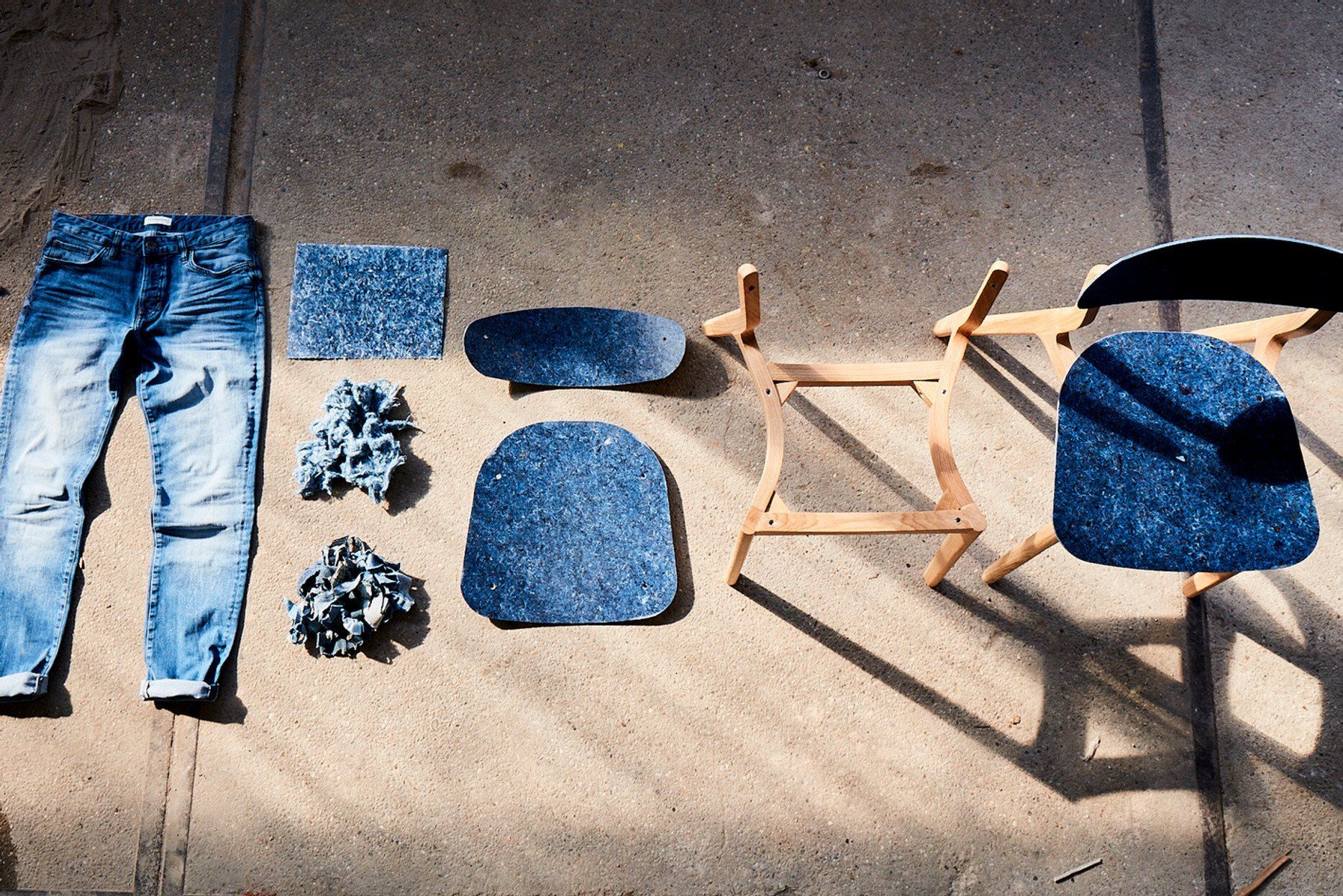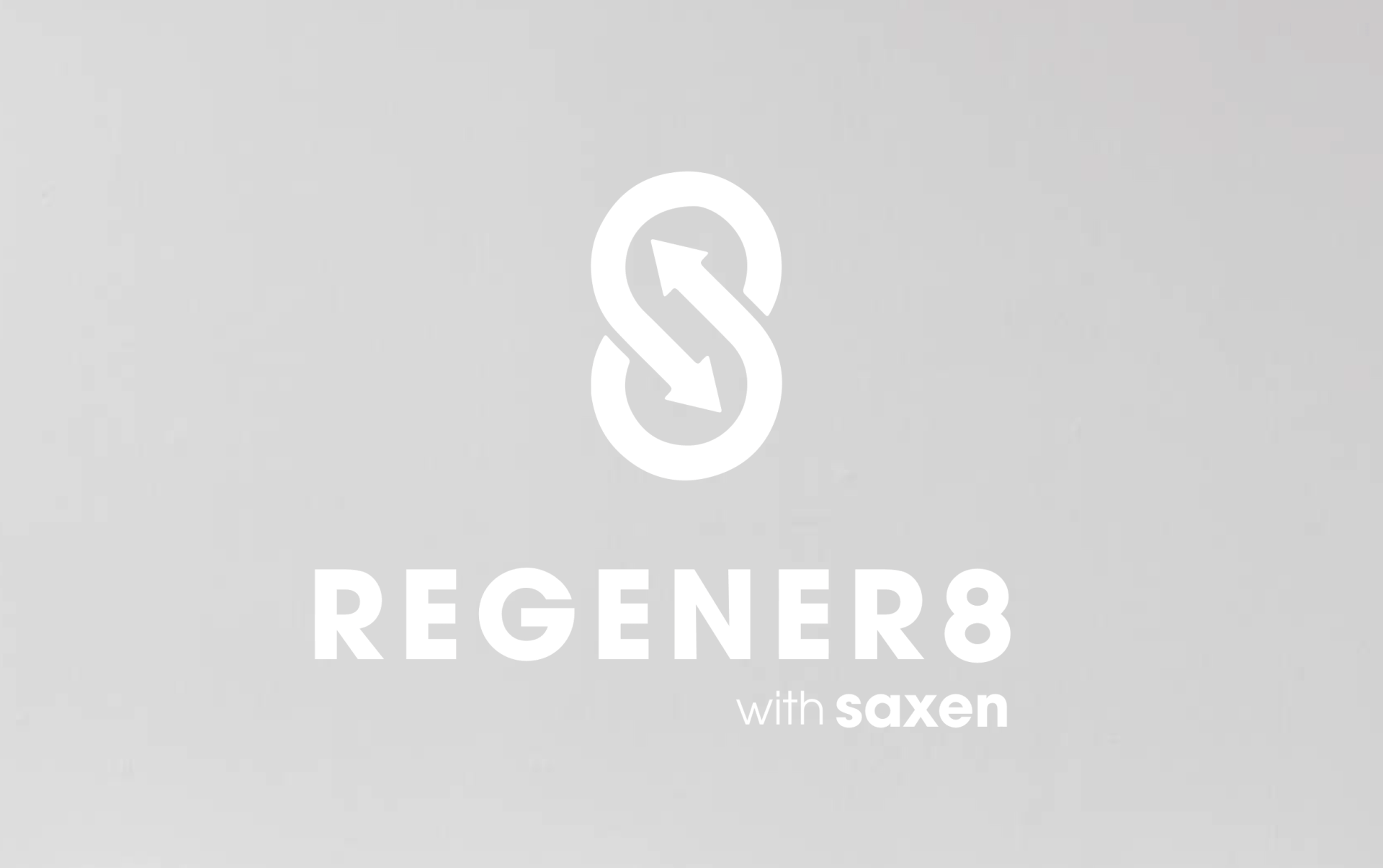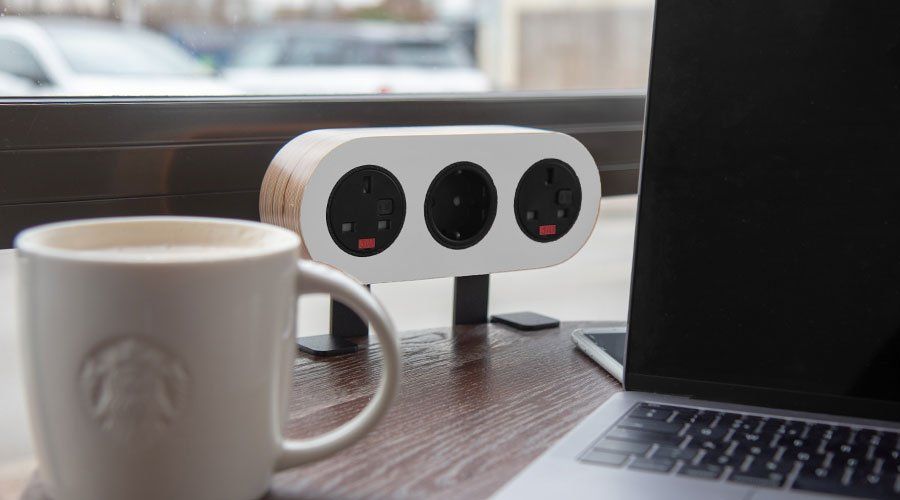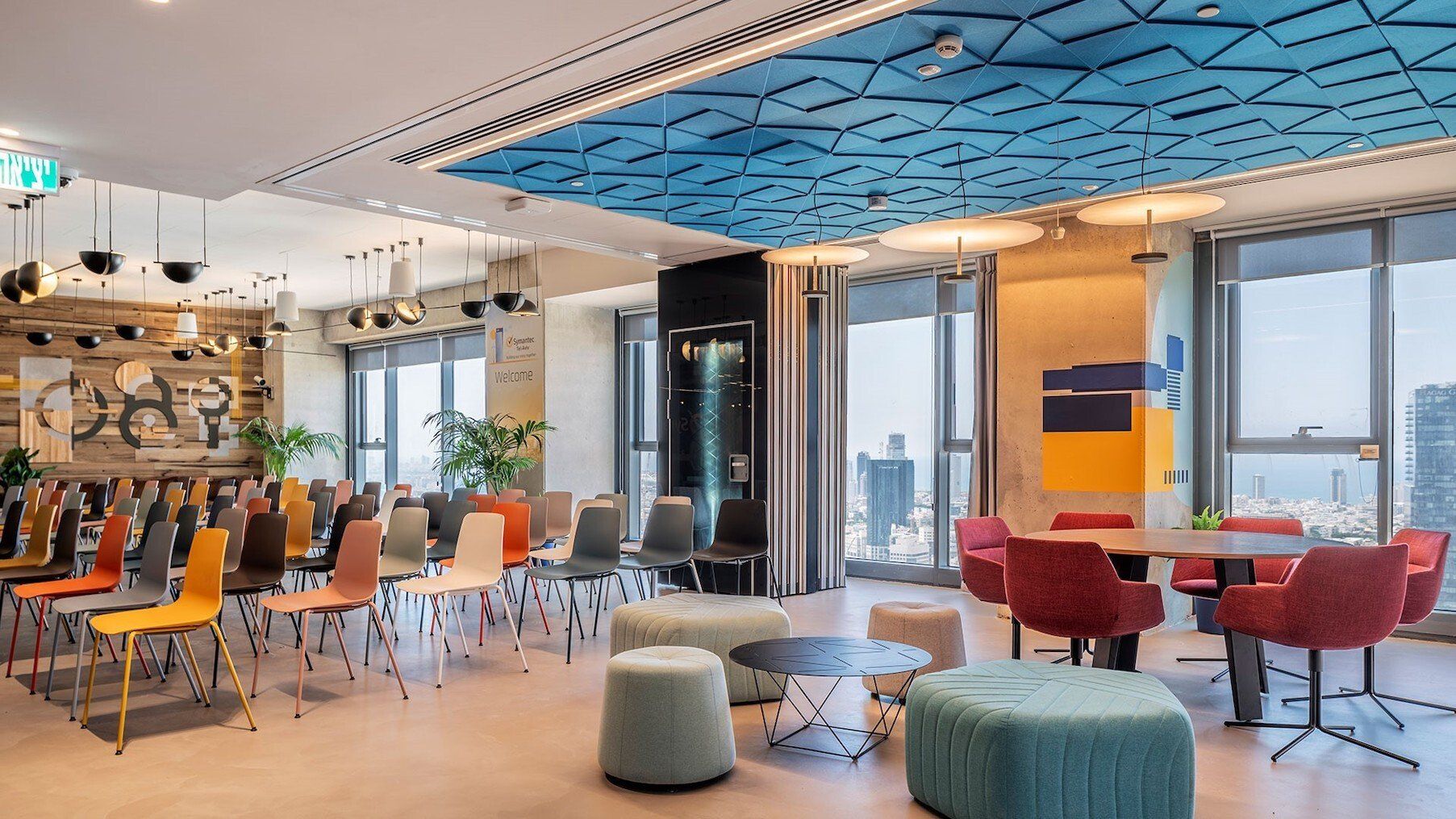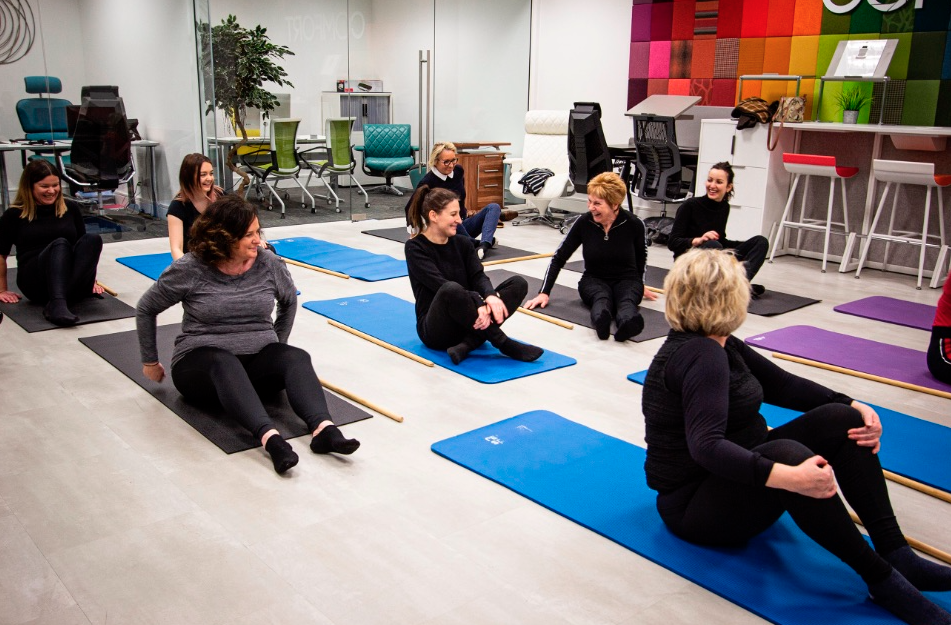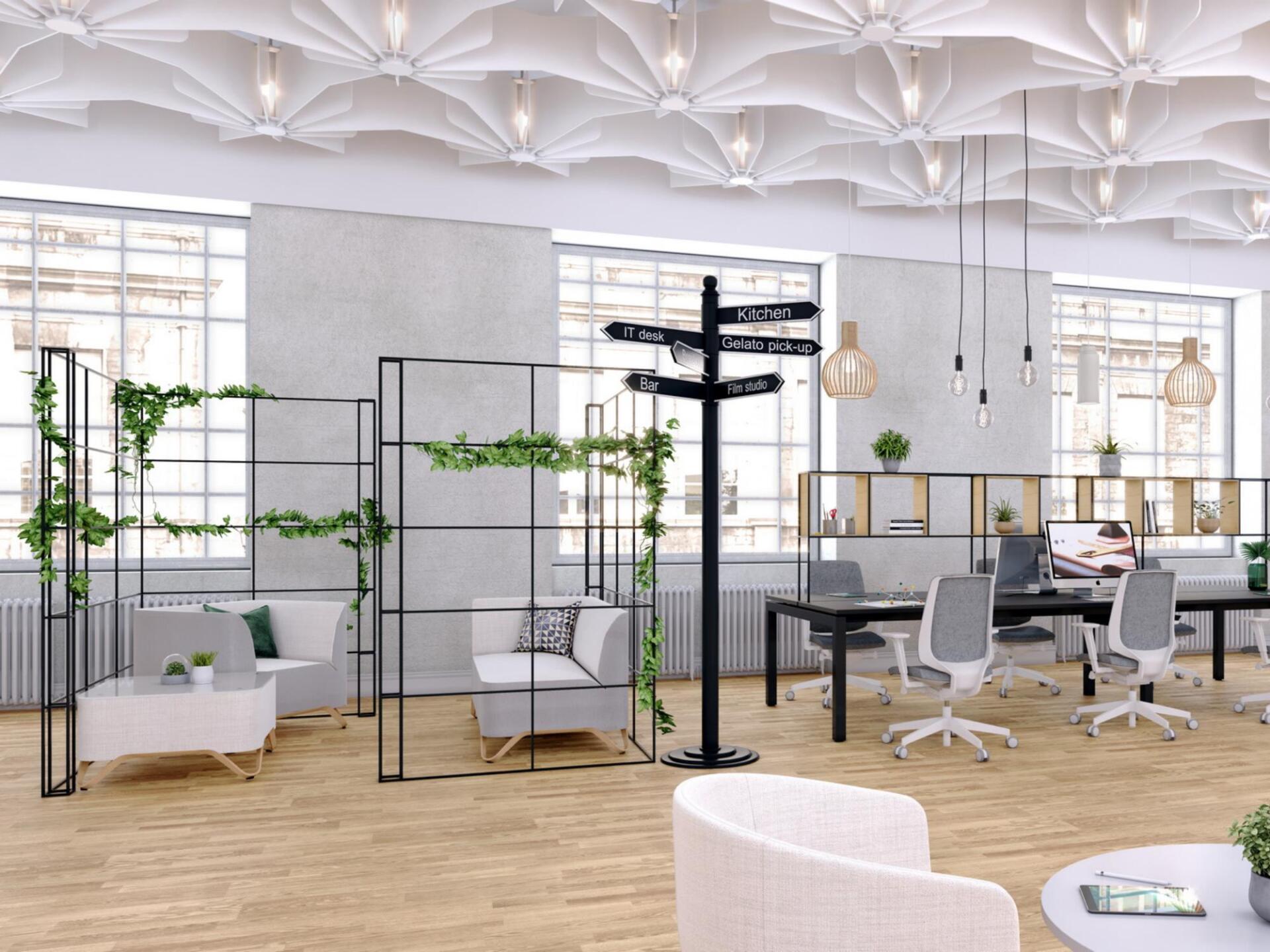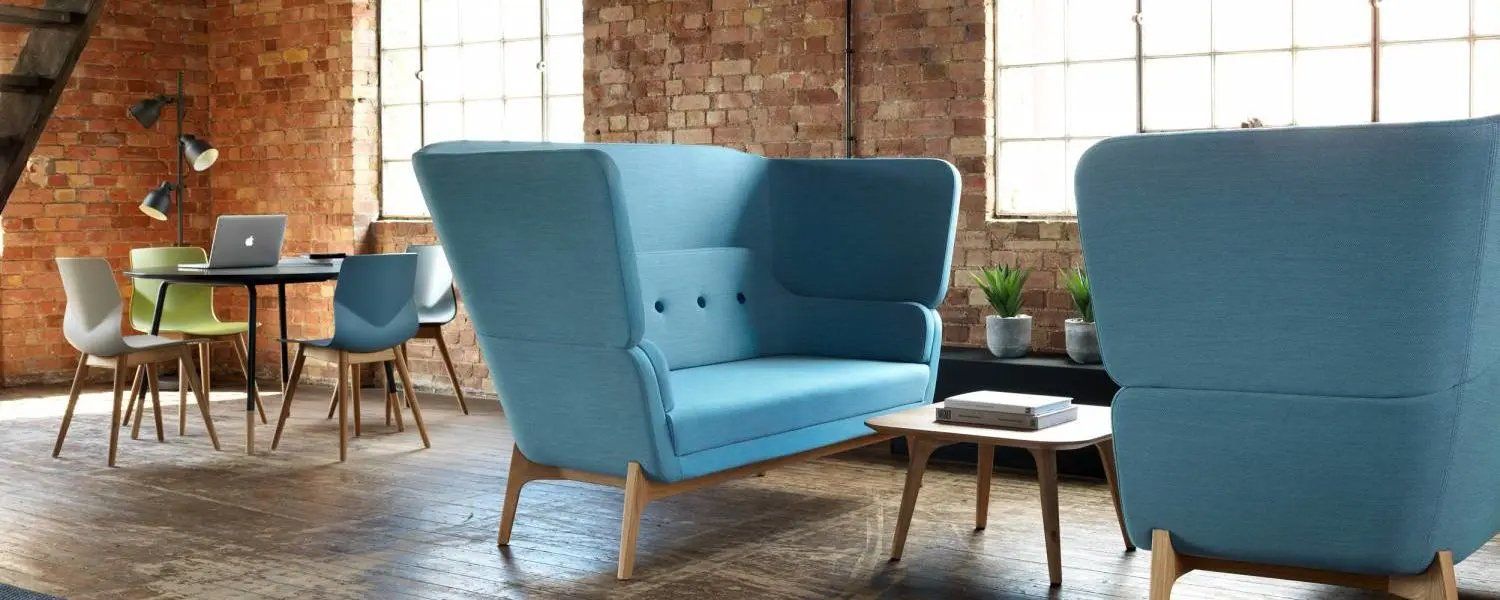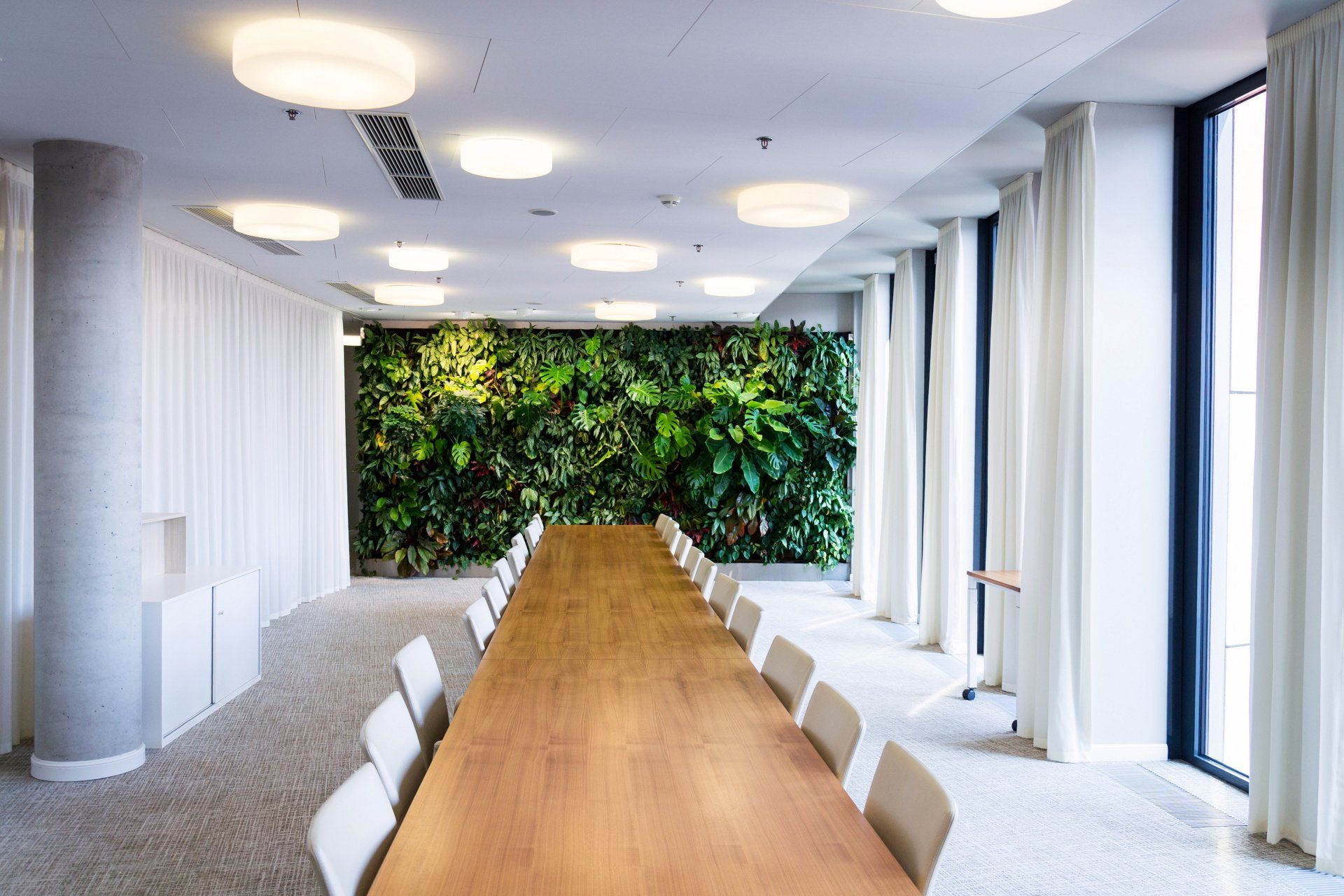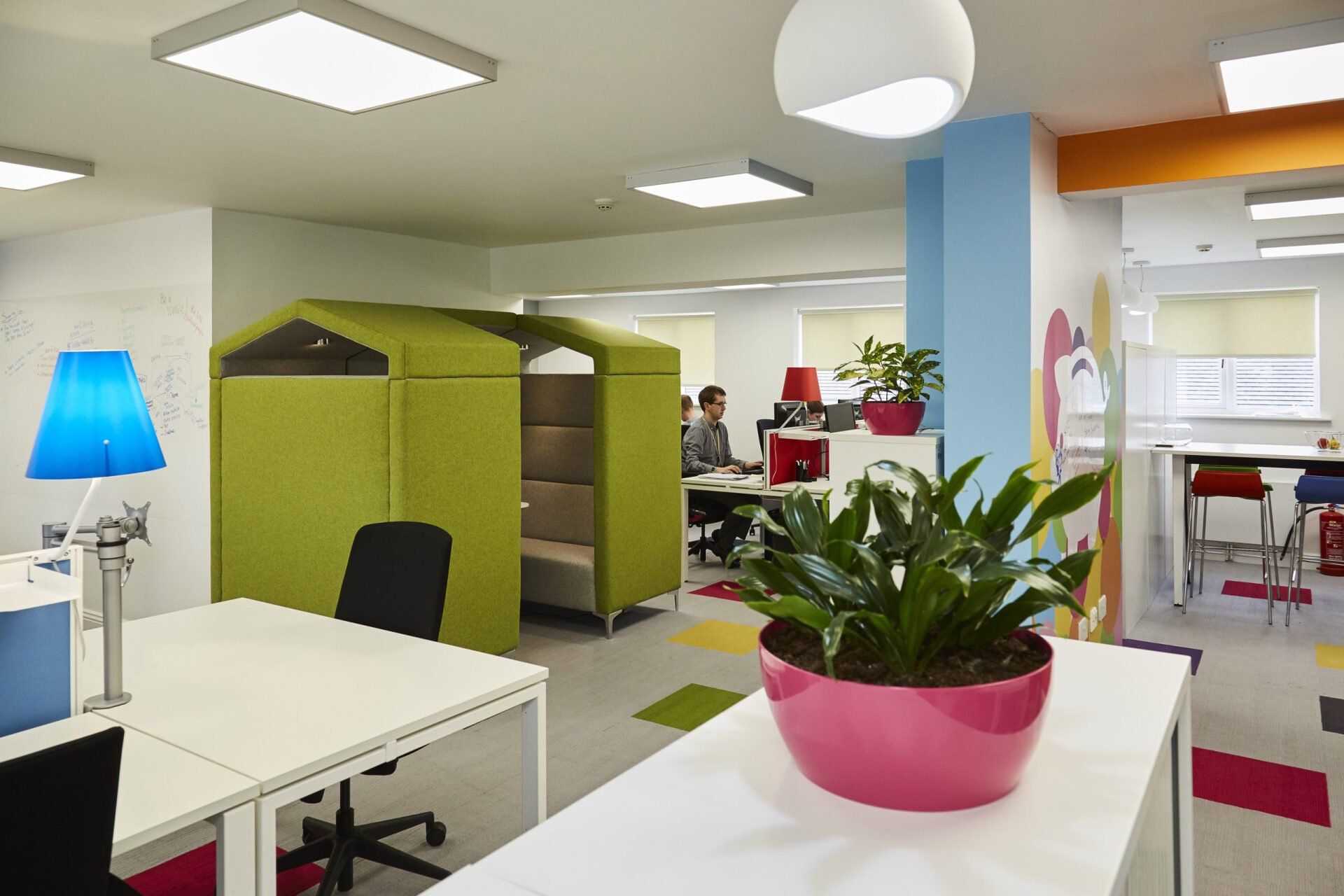Diversity and inclusivity in the workspace
Creating an inclusive workspace allows people of all abilities, races, genders, ages, and cultures to thrive. Human-centric workplace design can include accessible toilets, large-print instructions, prayer rooms, ergonomic tools, and more. Not only will this improve your brand's reputation, but it can also reduce employee stress, workplace accidents, and absenteeism.
Saxen specialise in creating bespoke spaces that promote productivity and help employees, staff, or students prosper. Our holistic approach blends aesthetics with functionality to create stylish and respectful spaces with intuitive products and technology.
The need for inclusivity in the workspace is an urgent matter. Embracing diversity and inclusive workspace design breaks barriers, inviting more people to participate in existing spaces.
Inclusive teams make smarter business decisions 87 per cent of the time with half the number of meetings.
Decisions made by a diverse team of people yield better results by 60 per cent⁽¹⁾. Inclusive teams make smarter business decisions 87 per cent of the time with half the number of meetings. We can't complain about that.
Diversity and inclusivity are crucial for achieving positive results, but more importantly, they foster a collaborative workspace where all employees feel a sense of belonging. Inclusive and diverse workplaces create a company culture where everyone has equal opportunities to succeed. An inclusive culture enables individuals to feel comfortable and confident in their identity, allowing them to work in the best way for them. This, in turn, enhances their productivity, which adds value to the company.
Businesses have a social and ethical responsibility to prioritise workplace design to encourage diversity. Inclusive design is imperative for cultivating a diverse team of people who think differently and offer fresh perspectives. A cosmopolitan workforce helps drive innovative change and development. When introducing an inclusive design to your existing space, an excellent starting point is asking your staff: "What do you need? What will help you?"
Many people spend the majority of their waking time at work. Developing an inviting and comfortable office is common sense. It's about making office spaces work for all people, regardless of their ability, gender identity, or age, to thrive.
“DEI (Diversity, Equity, and Inclusion) is not just a checkbox; it’s the key to staying relevant in a world with increasingly diverse demographics.”
Alesya Karnaukhova, CEO of
ZikZak Architects⁽²⁾
“I need a place to take a break and different types of chairs for throughout the day,”
Dr Alice Ashcroft, Gender Diversity and Technology Consultant and Researcher
Identifying key components of inclusive workplace design.
When people aren't included in the working environment, they can quickly become stressed. Stress is the cause of up to 80 per cent of workplace accidents⁽³⁾. Actualising inclusive environments encourages employees to become more productive and satisfied in their space. There are many components for creating spaces that honour a diverse workforce, including physical accessibility, flexible working arrangements, and more.
Physical accessibility.
When we think of a workplace design for inclusivity, one of the first things that comes to mind is planning spaces for people with disabilities, including mobility or visual impairment. This looks like:
- Wide hallways and entryways allow wheelchair users to navigate the building.
- Unrestricted access to common areas, such as lounges and kitchens.
- Accessible toilets.
- Lifts for people who use mobility devices.
- Ramps as well as stairs.
- Access to light switches and door handles.
- Signage should be at a reasonable height for a wheelchair user.
- Desks and tables that accommodate people with physical disabilities.
- A mixture of seating types.
- Adjustable lighting and contrasting.
- Tactile features and signage.
- Non-slip flooring.
- Ergonomic accessories, such as adjustable monitor arms.
Another important aspect to consider during the design process is good air quality. This is required by law, but it is worth noting that good air quality is vital to workers' physical and mental health. In particular, people with physical disabilities should be able to easily open and close windows and doors to promote air circulation when needed.
“I need a place to take a break and different types of chairs for throughout the day,” says Dr Alice Ashcroft, Gender Diversity and Technology Consultant and Researcher from Digital Heard, emphasising the importance of a traditional office setup as well as sofas for breaks.
Cultural sensitivity.
Respecting different cultures is essential for retaining employees in a diverse workplace. Creating a safe and happy environment for people of various cultures should not be difficult. There are small gestures you can make to include these team members, including but not limited to:
- Creating flexible spaces with both collaborative areas and private areas.
- Incorporating various cultural elements into the decor.
- Providing signage and documents in multiple languages.
- Allowing employees to take time off for religious holidays.
- Providing quiet rooms or prayer spaces for employees to observe religious practices.
Establishing spaces for cultural expression can remove stigmas, promote team building, and foster a more comfortable and successful work environment.
Gender-inclusive facilities.
Gender-diverse teams make better business decisions 73 per cent of the time. It's important, as well as strategic, to have a gender-diverse group of people in your team. However, to make them feel safe and comfortable, workplace design is critical. Below are some ways you can create an inclusive space for all genders:
- Include gender-neutral restrooms to ensure people of all gender identities feel comfortable accessing the bathroom.
- Ensure the communal spaces feel inclusive and welcoming to all gender identities, whether that's through decor or signage.
- If your space includes changing areas, ensure they are inclusive by providing private spaces for those who prefer it.
- Offer privacy and personal space via partitions, curtains, or dividers so people can relax or take a break without feeling too exposed.
- Have hygiene bins in all bathrooms so people can dispose of sanitary products.
- Upskill managers so they can sensitively communicate with their team members about menopause. Consider support networks and flexible working arrangements.
- Offer welfare facilities with sanitary products.
- Be flexible with uniforms and dress codes.
One of the most important things you can do to include diverse genders in the workspace is to ask for feedback and input. Make opportunities for open dialogue and collaboration to improve the workplace environment for all. At Saxen, we have learned the importance of involving staff early to discuss individual requirements, proposing furniture that promotes collaborative working, and ensuring the space is flexible and adaptable for various individuals. It’s also important that the spaces are easy to reconfigure for the changing needs of users over time to ensure the furniture can be used for as long as possible.
Technology integration.
Technology plays an integral role in most workplaces, though it's not always easily accessible to everyone, especially those who are neurodivergent, are visually impaired, or suffer from migraines. However, there are ways to orchestrate your office space so everybody feels included in the available technology.
- Adjustable desks and workstations accommodate different ergonomic needs; use height-adjustable desks or adjustable monitor arms.
- Install accessible power outlets and charging stations throughout the office space so everyone can easily reach them.
- Implement wireless connectivity throughout the office to allow all employees to connect, regardless of their device.
- Design the office layout to accommodate accessible IT infrastructure, including network cabling, server rooms and data centres.
- Incorporate universal design principles into technology integration, including intuitive interfaces, custom settings, and compatibility with assistive technologies.
- Implement collaborative technology solutions like video conferencing systems, interactive whiteboards, and digital collaboration tools. Ensure easy-to-use tools that support remote collaboration for distributed teams.
- Install audio-visual equipment such as projectors, screens and speakers that are accessible to all employees.
- Offer ergonomic accessories to support employee comfort and productivity.
It's essential to regularly maintain and update all the tools you use for the best performance and usability. Additionally, you can consider innovative technologies and apps that allow your staff to adjust the environment to their individual needs, such as lighting, heating, and screen glare. Technology can easily isolate people when it's not accessible to everyone. However, with these changes, each individual can find the right solution for their needs.
Strategies for implementing inclusive design practices.
At Saxen, our goal is to assist you in implementing inclusive design practices. We understand that every individual is unique and has different requirements. Therefore, we will work closely with you to understand your needs and make your vision a reality. One such way we do that is by offering flexible workspace options to suit people’s needs at any point of the day; this can include height-adjustable desks, variable seating options, and private spaces.
Before we get to that stage, we recommend conducting thorough research to determine precisely what you need to benefit and include your entire team. This could involve:
- Conducting diversity assessments and audits of current workplace environments.
- Establishing diversity and inclusion committees or task forces.
- Collaborating with employees from various backgrounds to gather input and feedback.
- Training and education programmes to raise awareness and promote understanding of diversity issues.
- Partnering with external organisations and consultants specialising in diversity and inclusion.
Inclusive design revolves around putting individuals at the heart of the process. These strategies ensure that you are designing a space based on real feedback rather than generic trends.
“The thing with sensory issues is that, in reality, there’s often only so much the business itself can do and still function as a business, and every autistic person is different. Listen to your staff and allow them to make the changes they need to make in order to function at their best,” says
Angie Harms, a neurodivergent copywriter from Glasgow.
Products for inclusive workplace design.
Functional and quality products are essential when designing the workplace for inclusivity and diversity. That's where Saxen comes in. We supply a wide range of furnishings that support individuals with disabilities, mental health challenges, and those who require flexible working arrangements and versatile technology set-ups.
Whatever you need, give us a call and we will support you to create an inclusive workspace. In the meantime, explore some of our pioneering and forward-thinking products.
Oasis
by Slalom
One of the main challenges that neurodivergent people face in the workplace is distractions. More specifically: noise. Noise makes it difficult to focus at work, leading to stress and sensory overload.
Oasis by Slalom is an award-winning, sculptural acoustic product that offers a space of refuge and peace, even in open-planned spaces. Made from a metal frame and recycled P.E.T. felt, it's a sustainable product that brings a little nature into the workspace.
Oasis can be customised to suit a variety of needs through the integration of add-ons such as tables and charging units for electronic devices.
FourPeople Work Booths
by Ocee & Four
FourPeople modular furniture allows versatility. With a wide range of configurations, the system supports a variety of working styles and allows individuals to garner some peace or participate in collaborative work.
Study and work booths allow each team member or student to go at their own pace in their own way, boosting productivity.
Angie Harms emphasises the importance of spaces where people can take breaks, saying,
“Quiet spaces? Yes, and being allowed to retreat and take a break to decompress if you’re becoming overstimulated.” FourPeople Modules are perfect for that.
Freedom
by Connection
Accessible technology is crucial when designing an inclusive workspace.
Freedom by Connection is a portable multi-purpose media wall that is excellent for meetings, presentations, and brainstorming sessions. Freedom gives workers a chance to be flexible and harness mobility.
The front of the unit has a TV bracket, and the back serves as a dry-erase board. Mounted on castors, Freedom is easy to manoeuvre around the workplace, supporting agile working, collaboration and inclusivity.
Vika
by Abstracta
Sensory overload is a top distraction for neurodivergent people.
Cleverly designed acoustic lighting, such as the Vika by Abstracta, can make a huge difference.
Designed to generate a peaceful atmosphere, it delivers pleasant lighting while managing and absorbing low and high-frequency noise. It instils a cosy warmth in larger areas and is perfect for busy places, such as meeting rooms, libraries, and breakout areas.
Muse
by Connection
Incorporating acoustic seating into your office design is a clever and stylish way to enhance inclusivity.
The Muse range from Connection is a privacy booth, allowing workers to make a much-needed escape, even in open-planned spaces.
The high-back, enclosed design of these chairs reduces peripheral vision and traps external noise to establish a distraction-free zone. With a metal or oak leg frame and a wealth of upholstered finishes, this statement seat brings seclusion and beautiful comfort.
Implementing an open-planned office space?
Allow employees to use noise-cancelling headphones, as this allows them to find refuge in busy offices, which is often necessary for people who are easily distracted.
X-Change
by Quadrifoglio
X-change vocal booths are another solution for giving people a quiet, private space when needed.
Great for independent work or meetings away from the noise of the office, the cabins can be customised depending on your needs. Quadrifoglio also offers this as a single-station option with translucent windows to provide additional privacy.
The vocal booths include sound-absorbing walls, ventilation systems, and LED lights. Saxen can also ensure yours are fitted with power and data modules, shelves, whiteboards, and support surfaces to suit your company culture.
Advance
by Lavoro
Height-adjustable desks with electric motors are crucial when prioritising an inclusive workplace design.
The low voltage Advance desk by Lavoro is a sturdy desk that adjusts from 625 to 1285 mm tall and comes with tops ranging from 1200 to 1800 mm wide. This is the perfect desk for any office, available in over 500 frame colours and equipped with quiet dual motors, anti-collision technology, and a 5-year warranty. A range of cable management options completes the offering.
Ergohuman Elite office chair
by Comfort Seating
An ergonomic office chair is essential for any workspace, especially when ensuring you have an inclusive environment.
The Ergohuman Elite by Comfort Seating is an advanced performance task chair that is fully ergonomic with over a dozen adjustable settings. With adjustable seat height, seat depth, back height, and 5D armrests, and guaranteed for ten years for users up to 23.5 stone in weight, the chair is ideal for a diverse range of body types.
Add an optional headrest, legrest and coat hanger for exceptional comfort and support.
“For designers, it's very important to integrate inclusivity into earlier phases of the design process. If they save it for the end, they may end up retrofitting a fundamentally inaccessible design.”
David Fusilier, Associate Principal Product Designer⁽⁴⁾
To get the best out of your workspace, inclusive design must be prioritised at the start of the design process. A strategic approach should involve careful planning, ideally with the direct involvement of all stakeholders. Saxen can help you find the best solutions for cultivating an inclusive design for a collaborative workspace.
The nature of diversity and inclusion in the workspace is ever-evolving, and we are always learning. It's crucial that you maintain and update your design choices to ensure they continue to serve everyone in the office. The top priority is that people feel happy, secure, and comfortable.
To incorporate inclusive furniture and design practices, contact Saxen, Scotland's commercial furniture experts. We can offer you free space planning, move management, recycling of your old furniture, and, of course, a range of functional products.
share this page
all posts.

